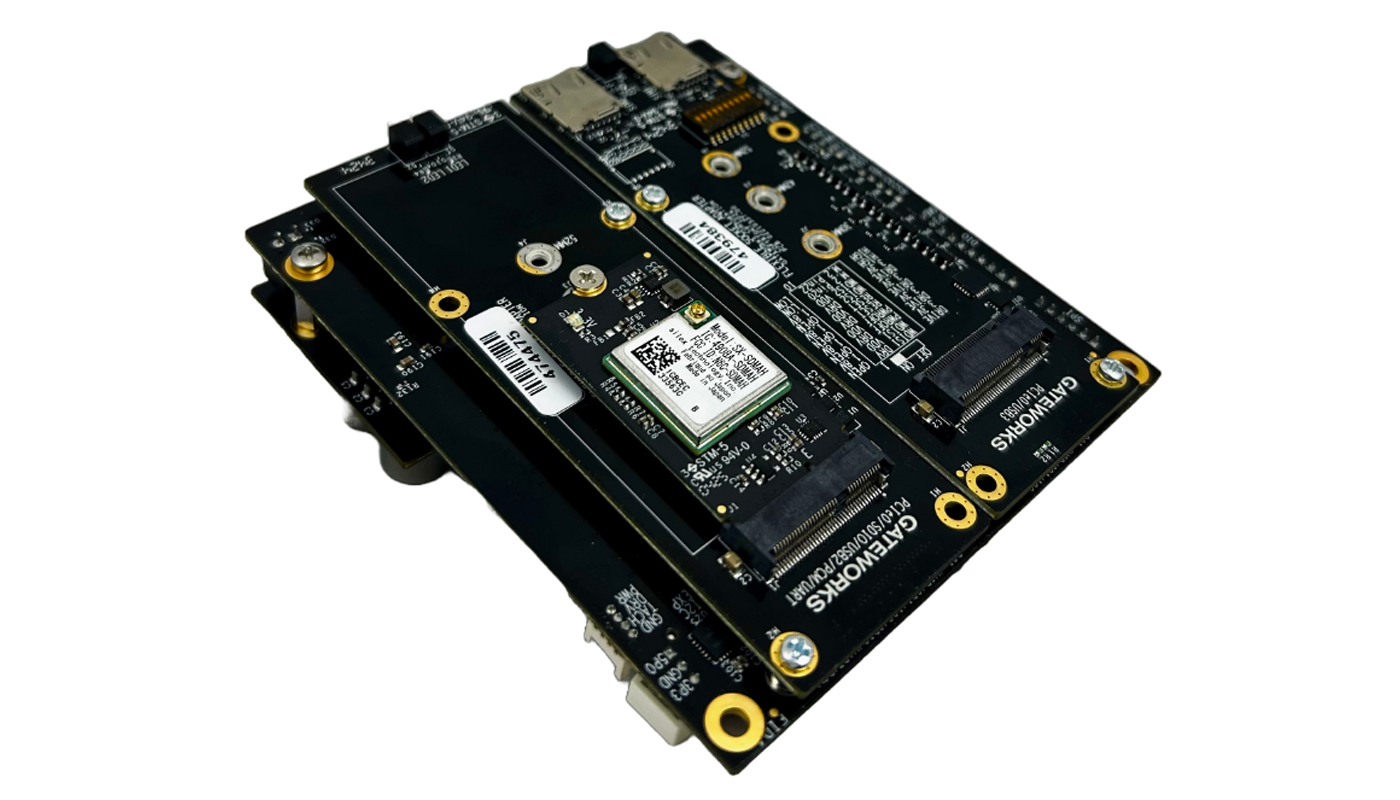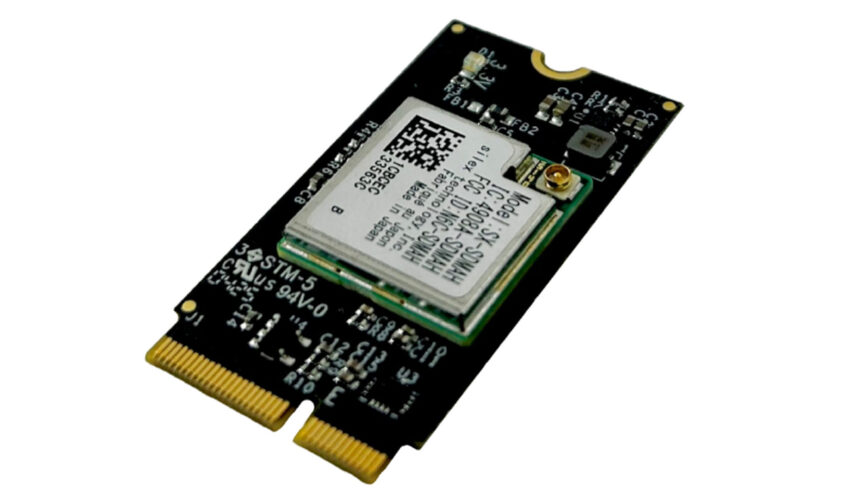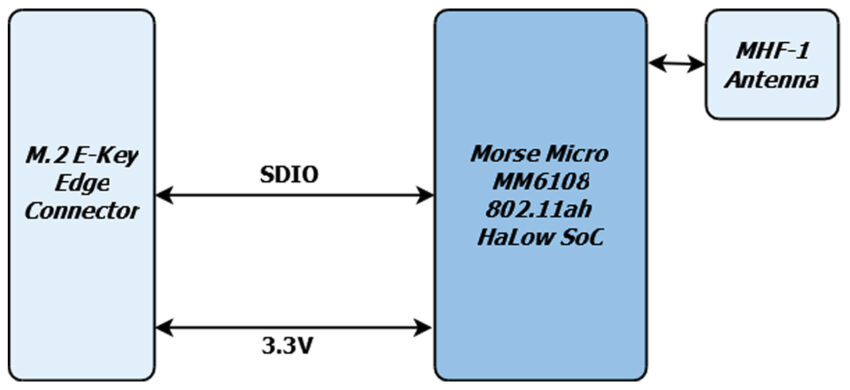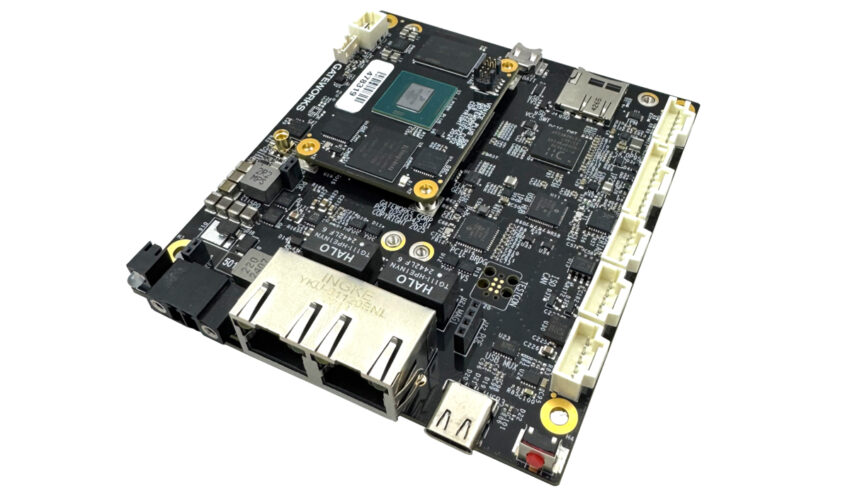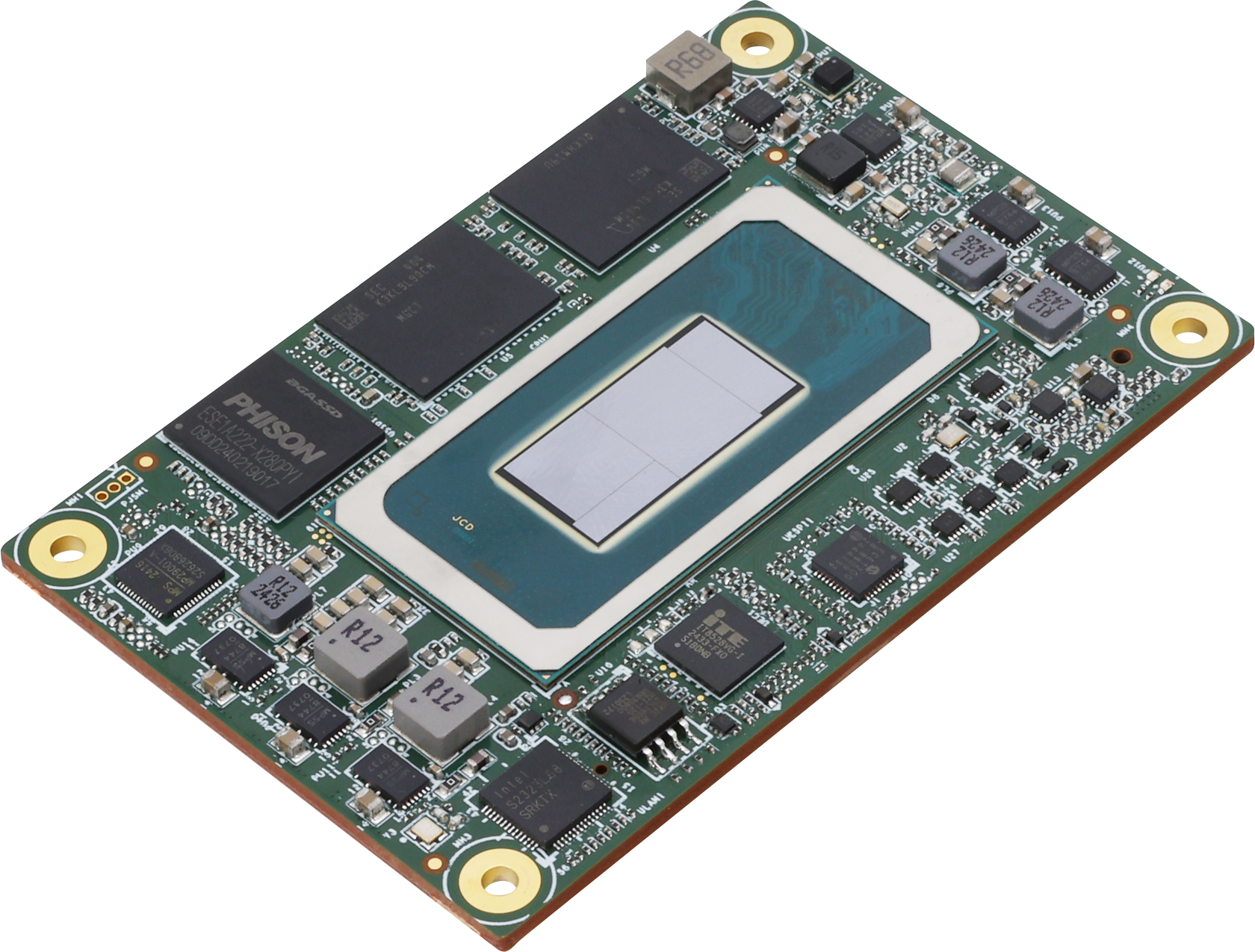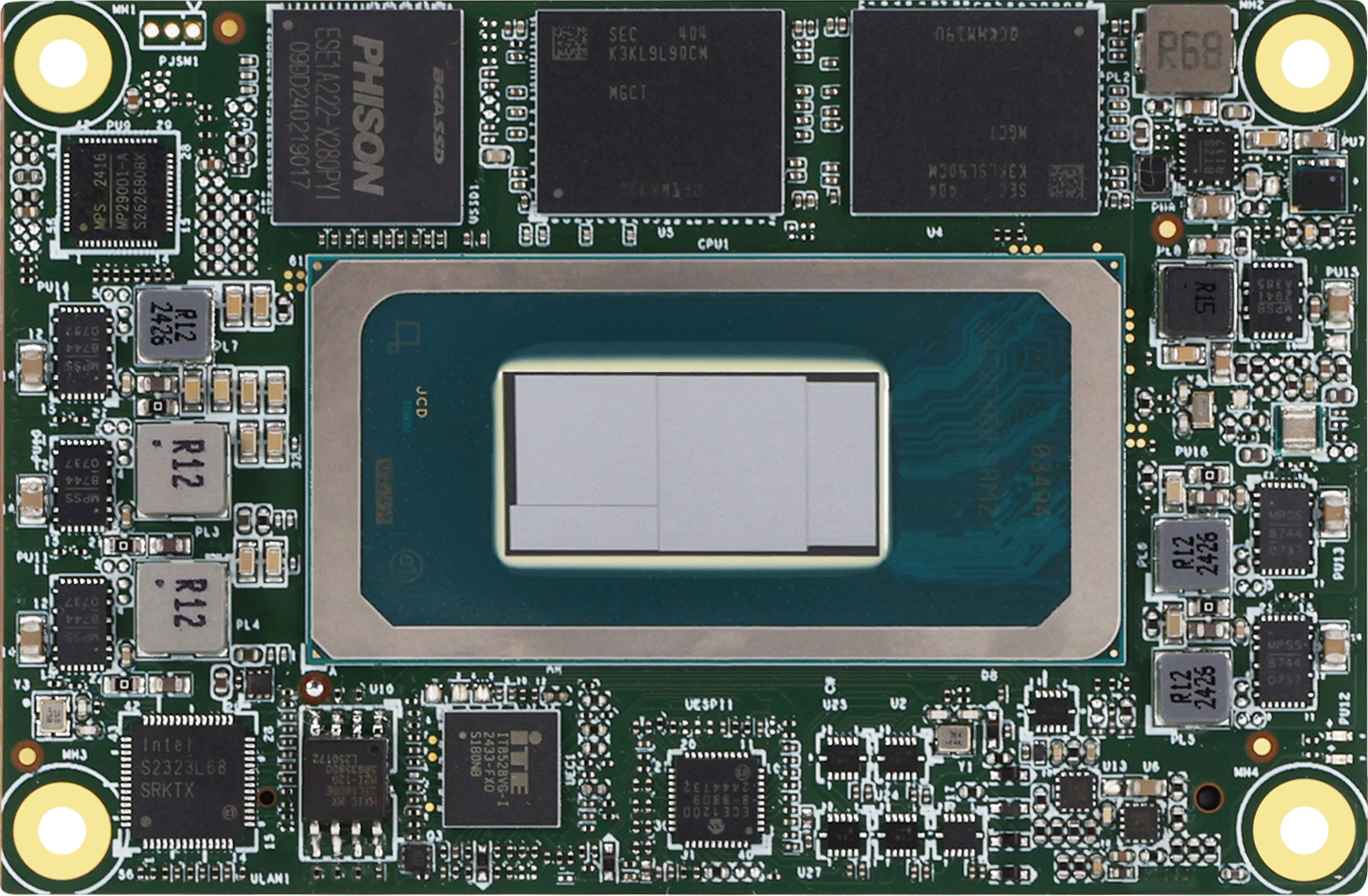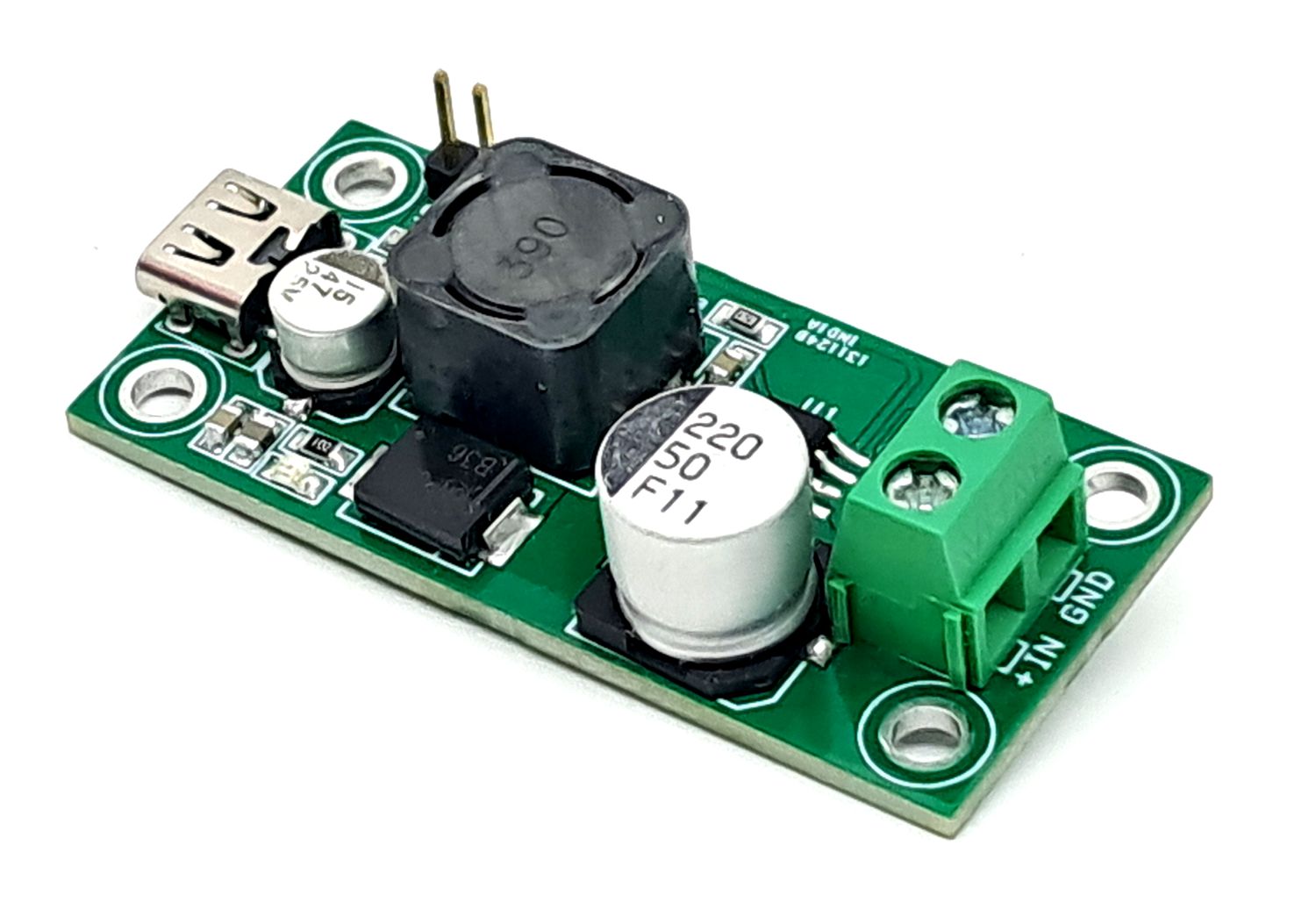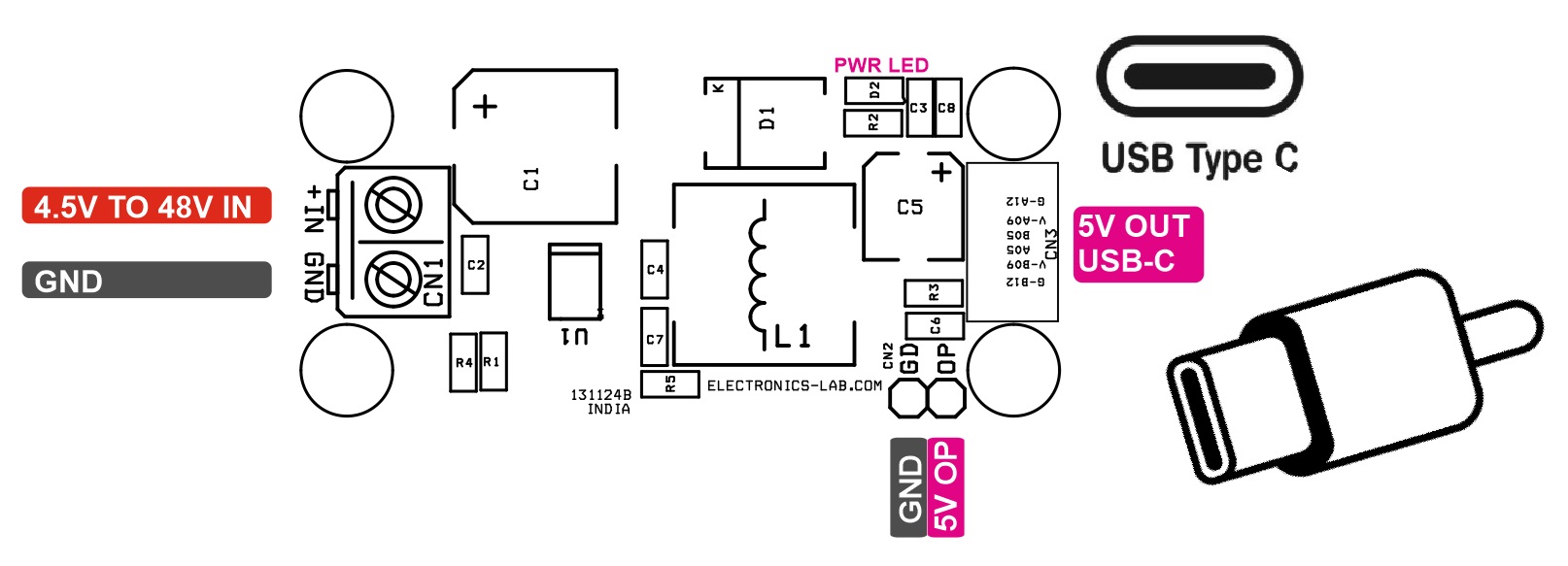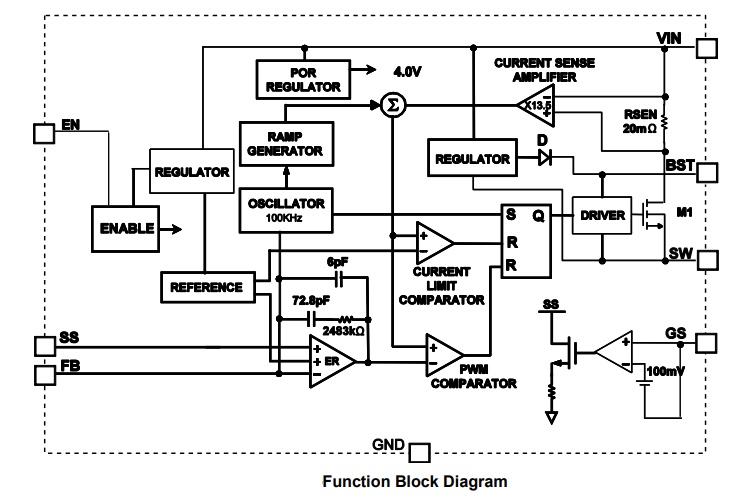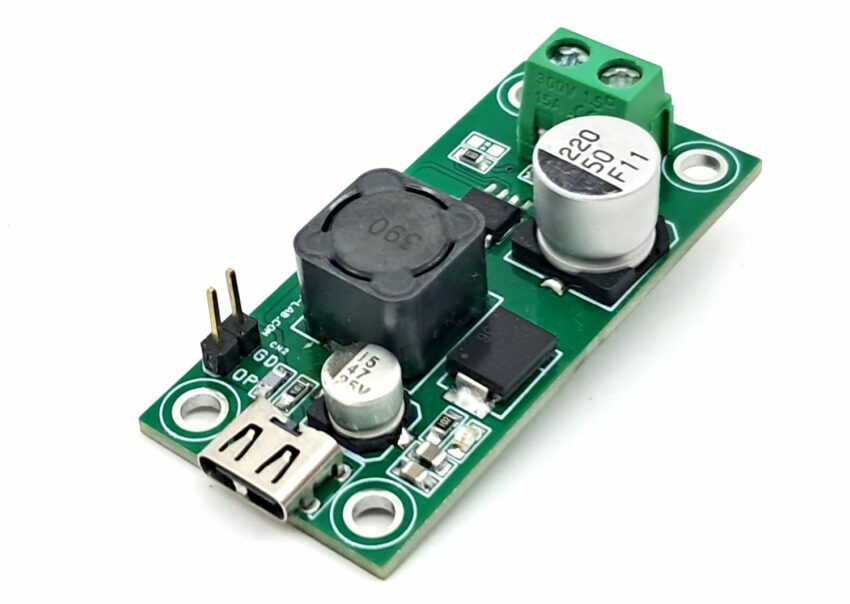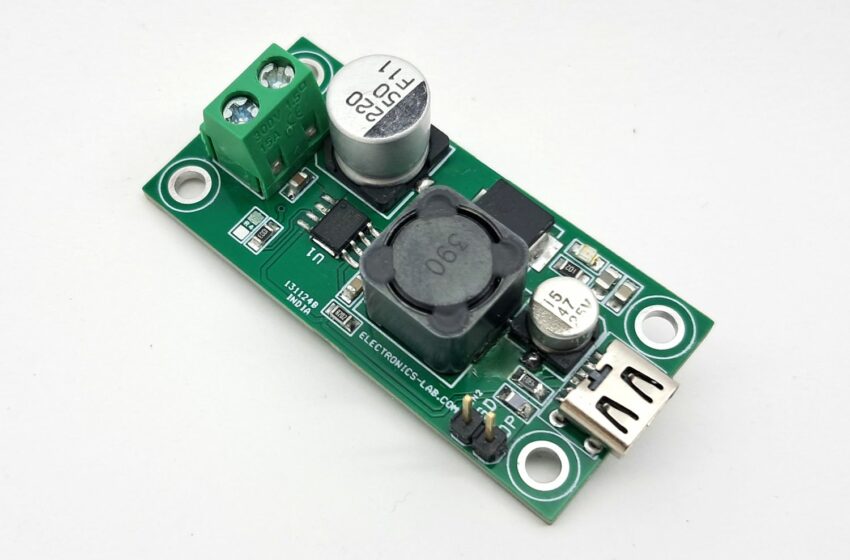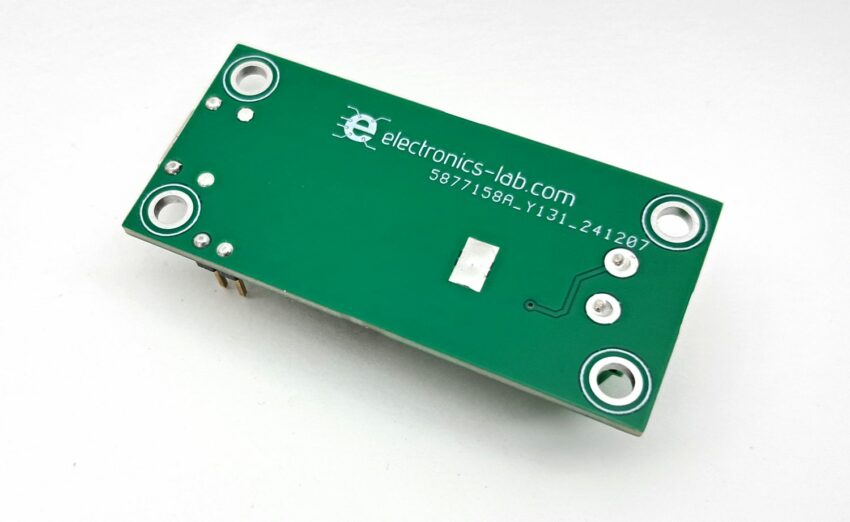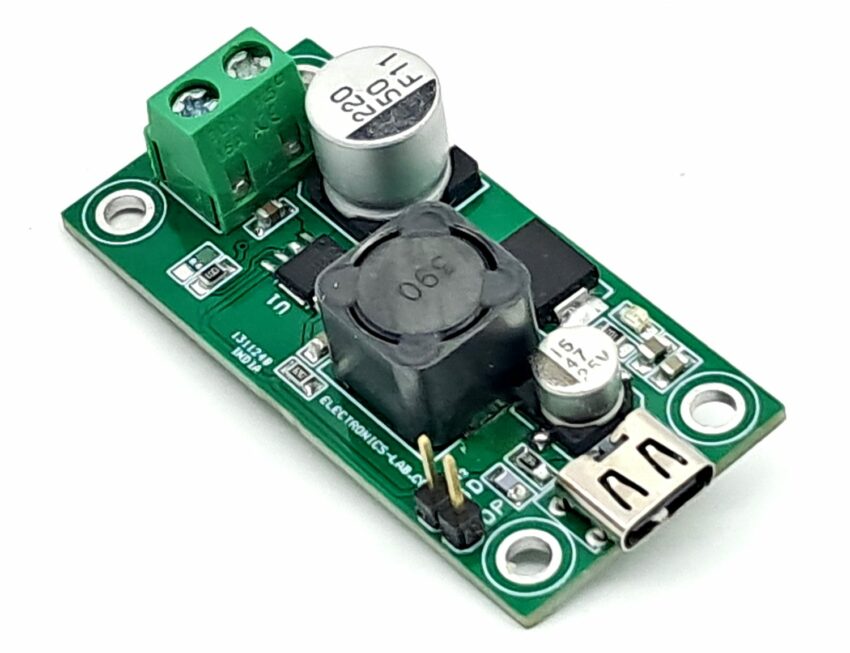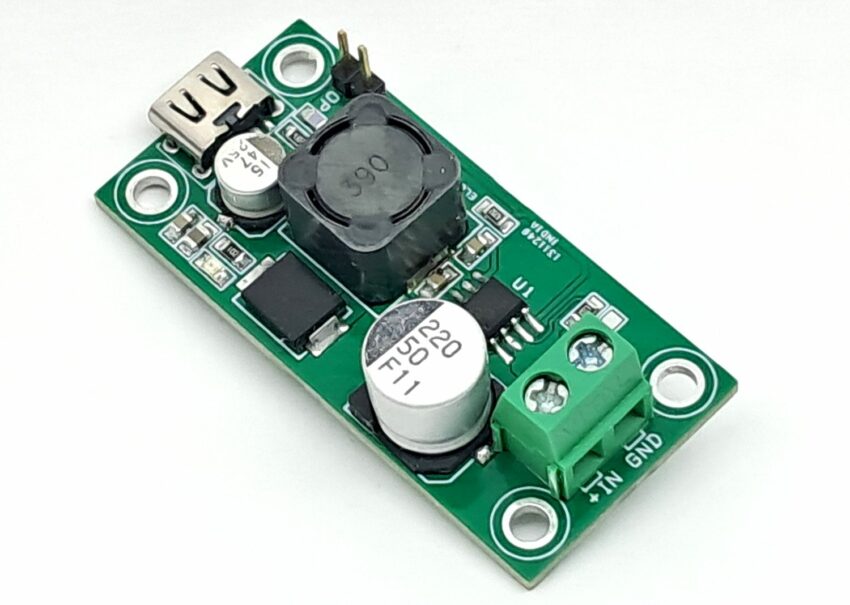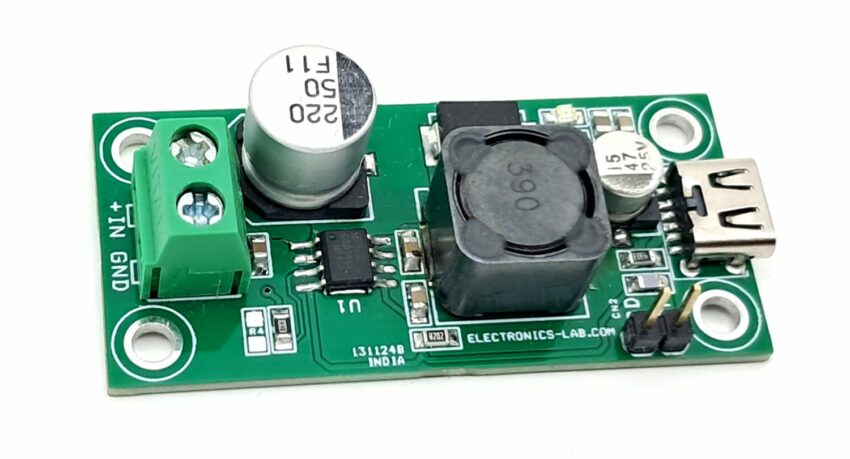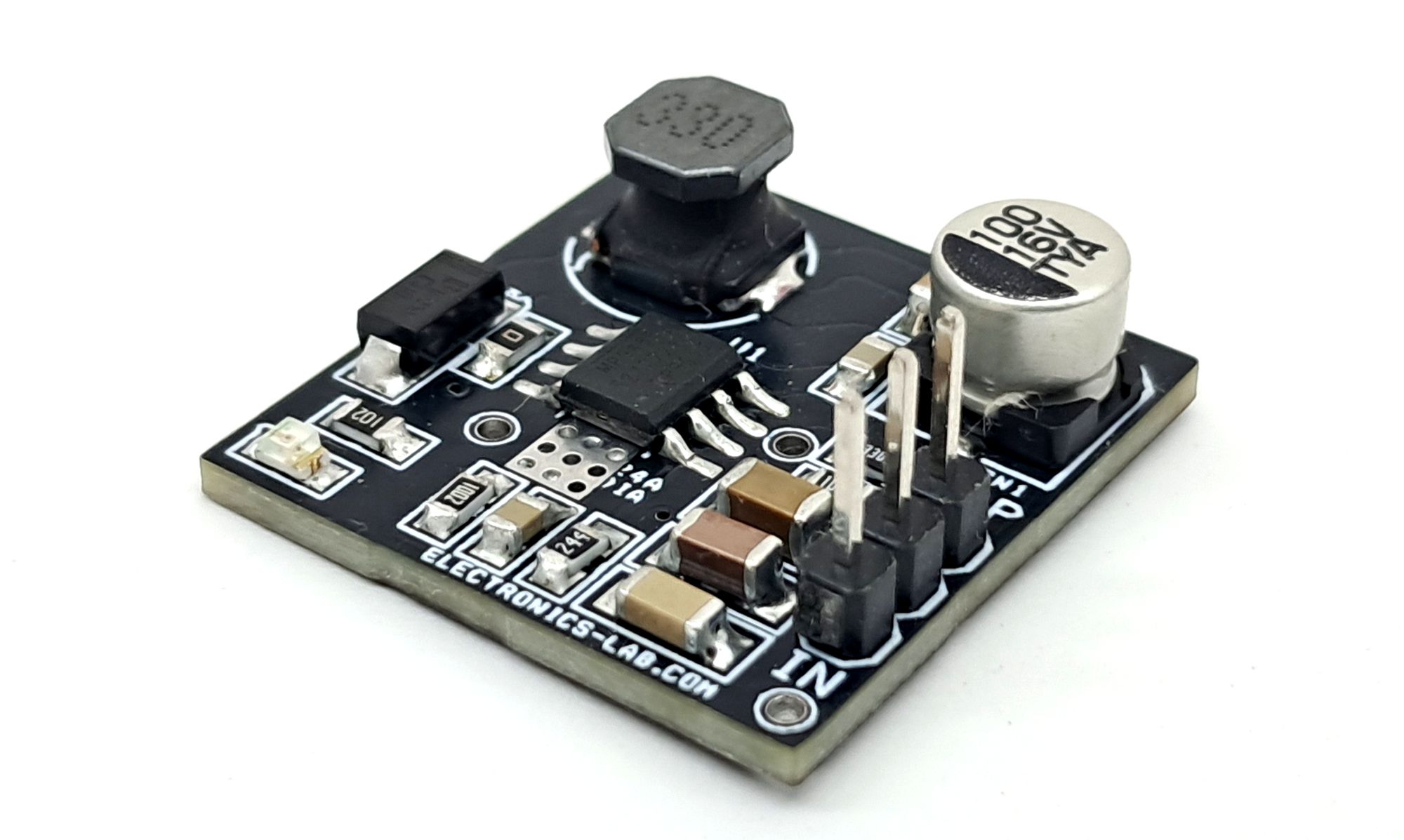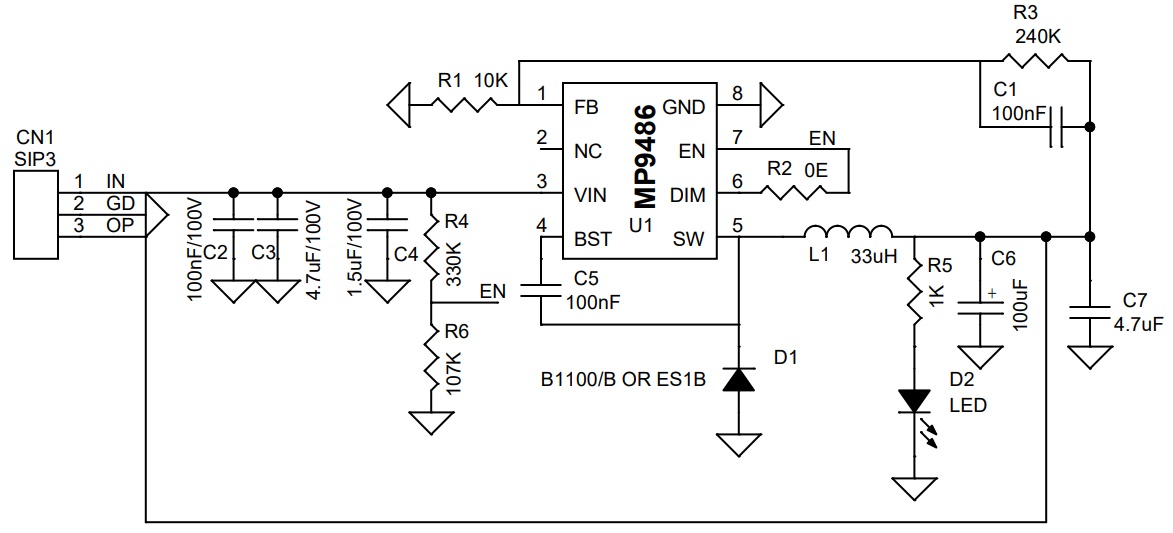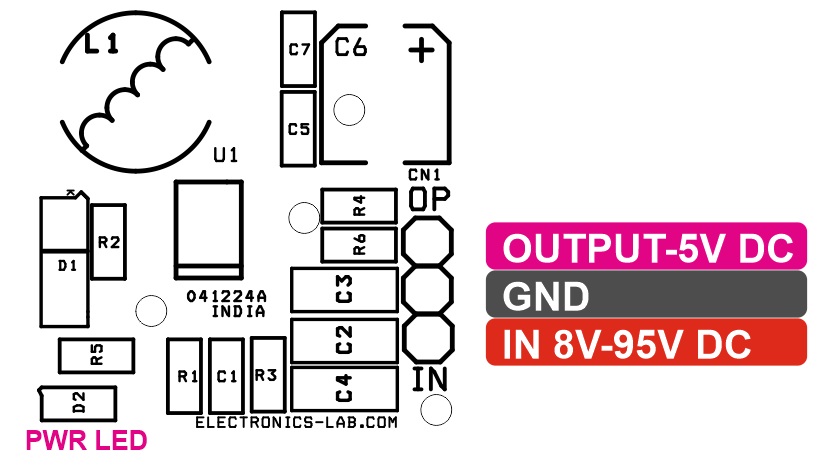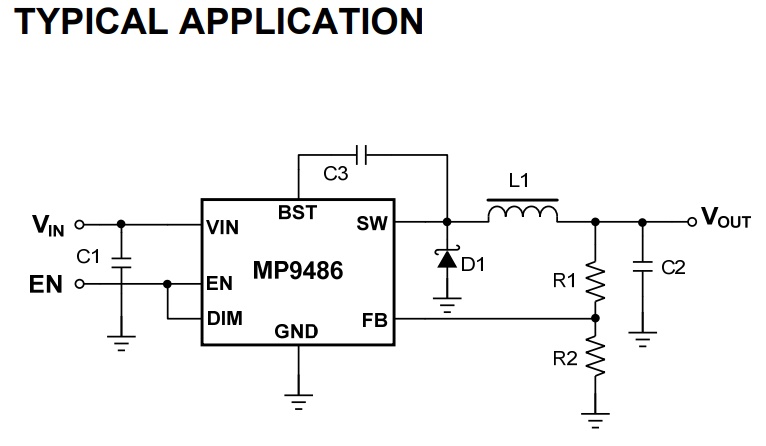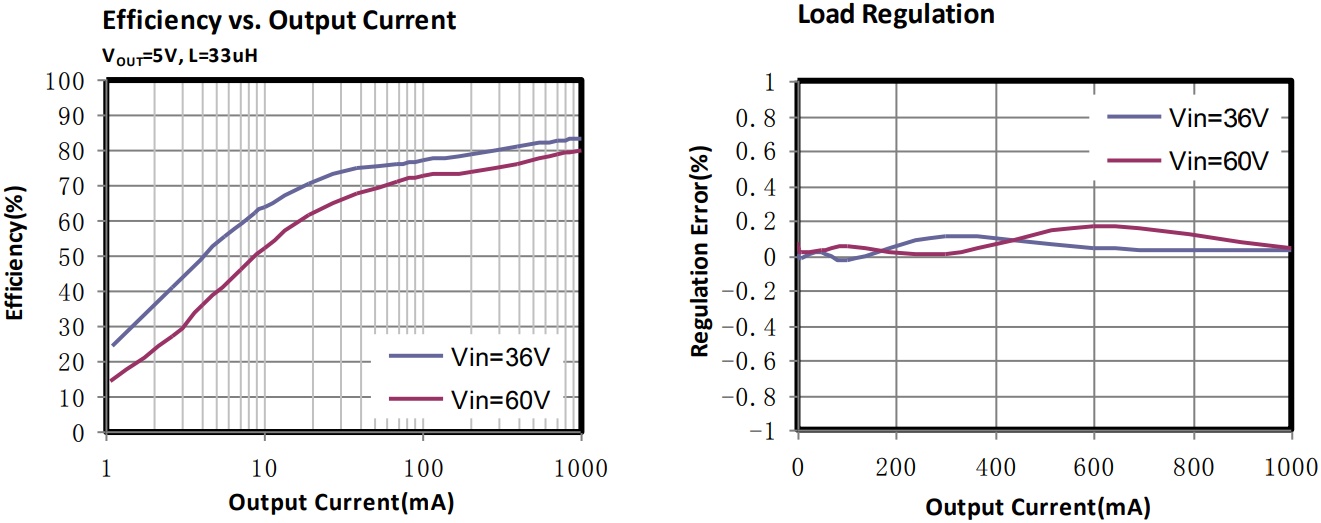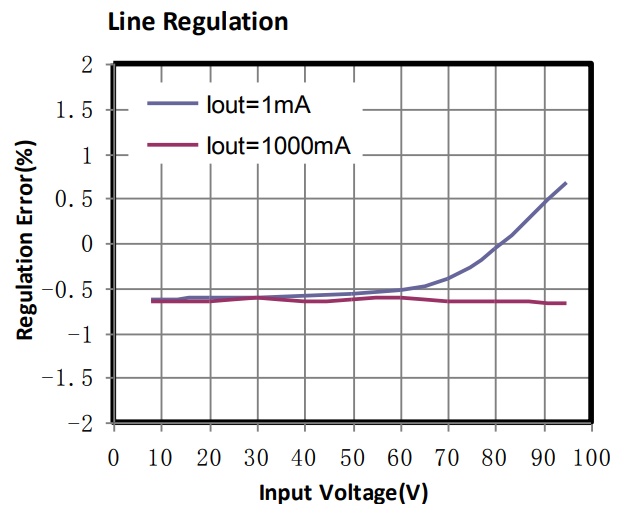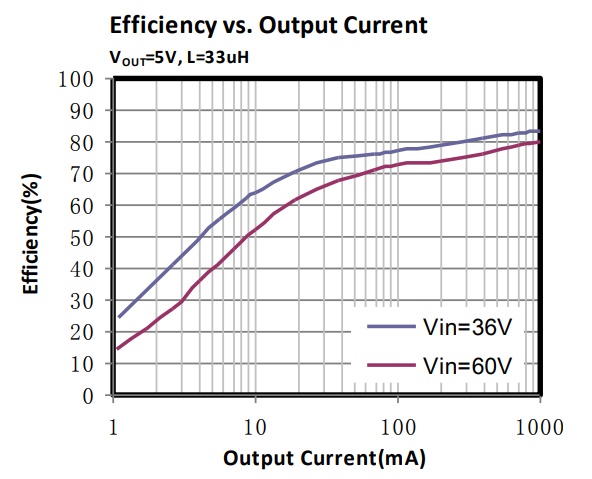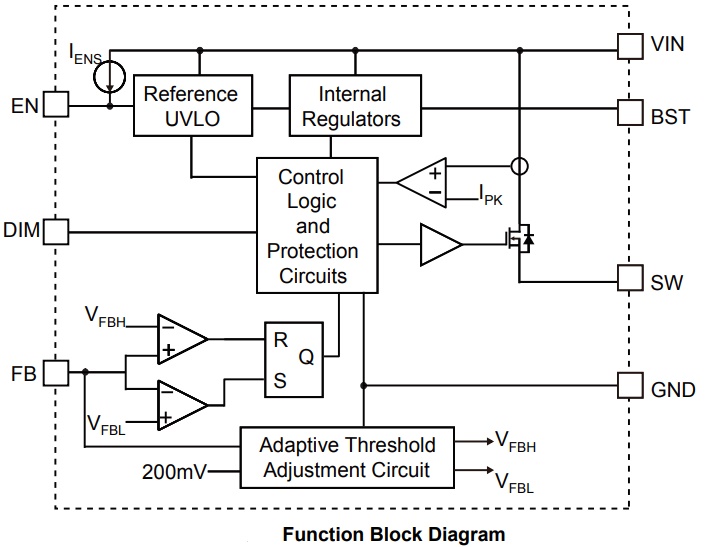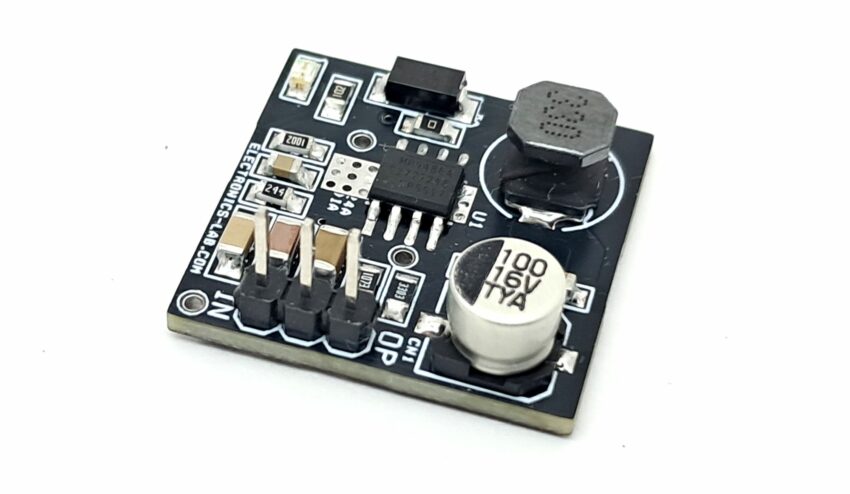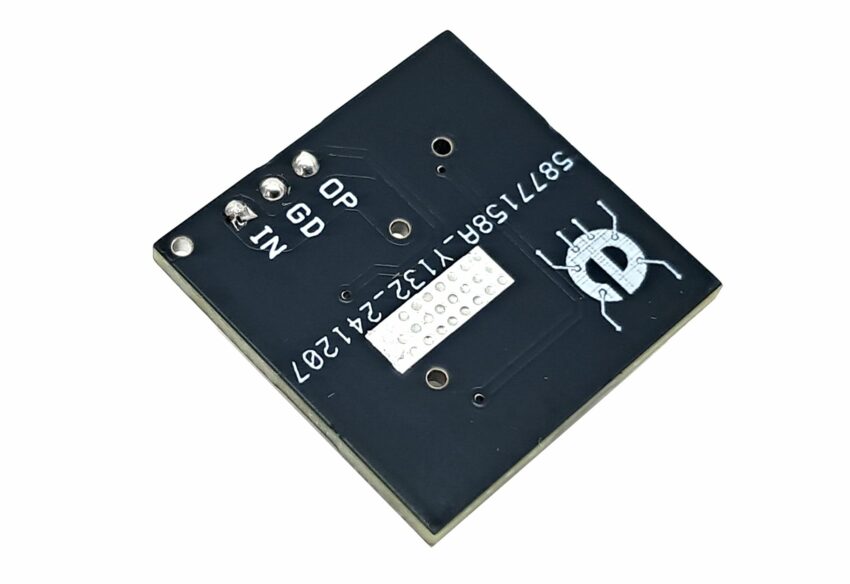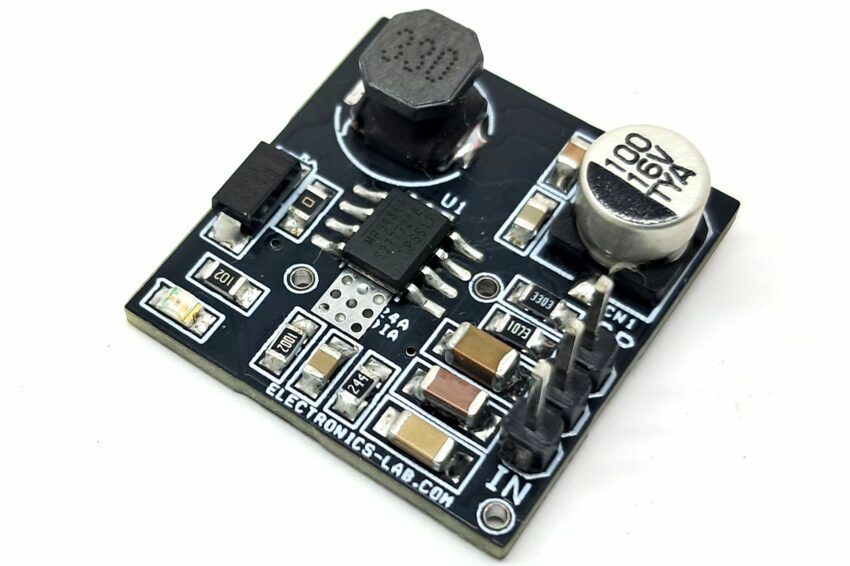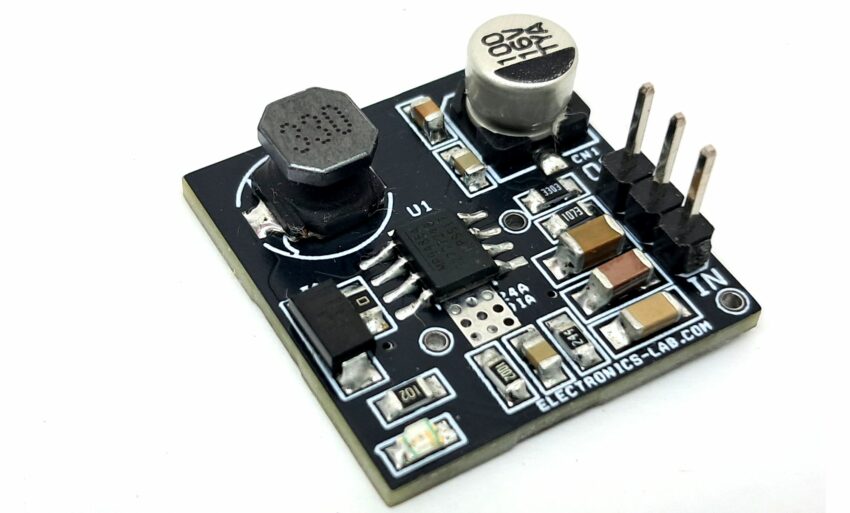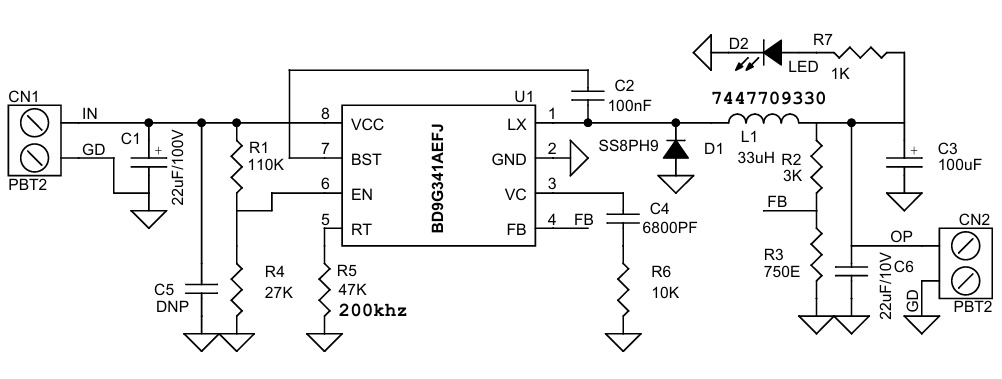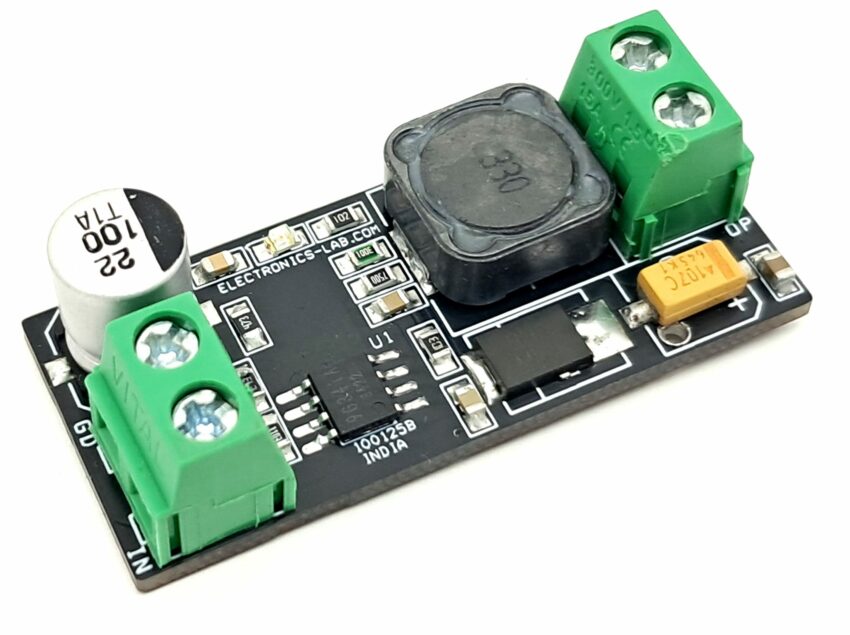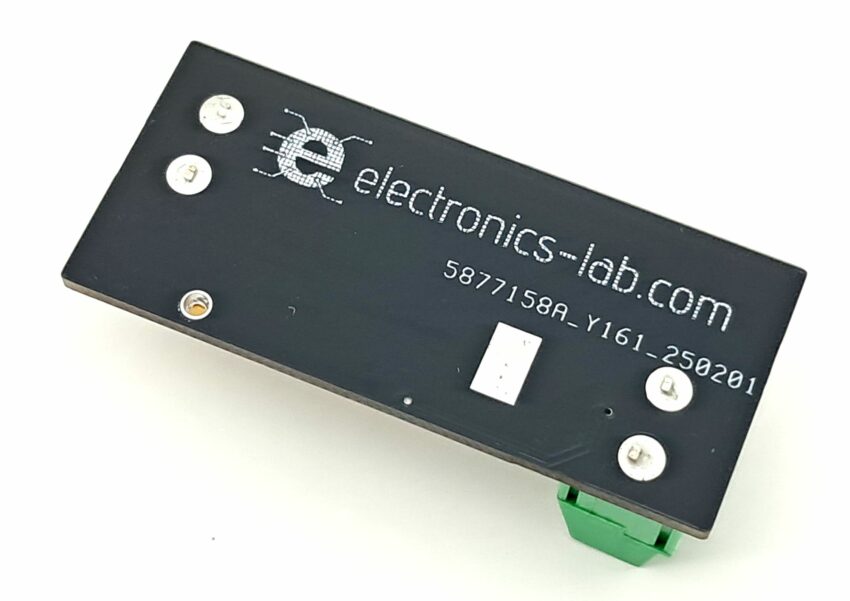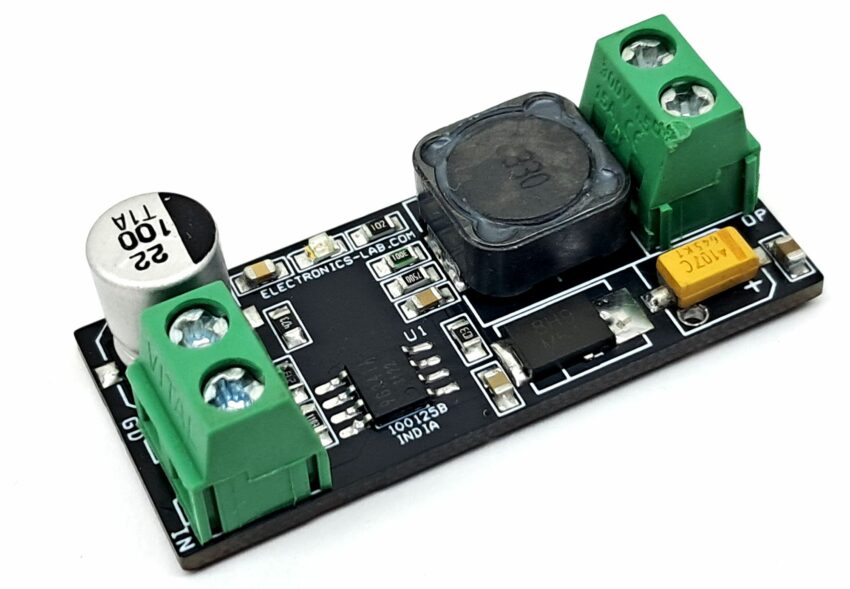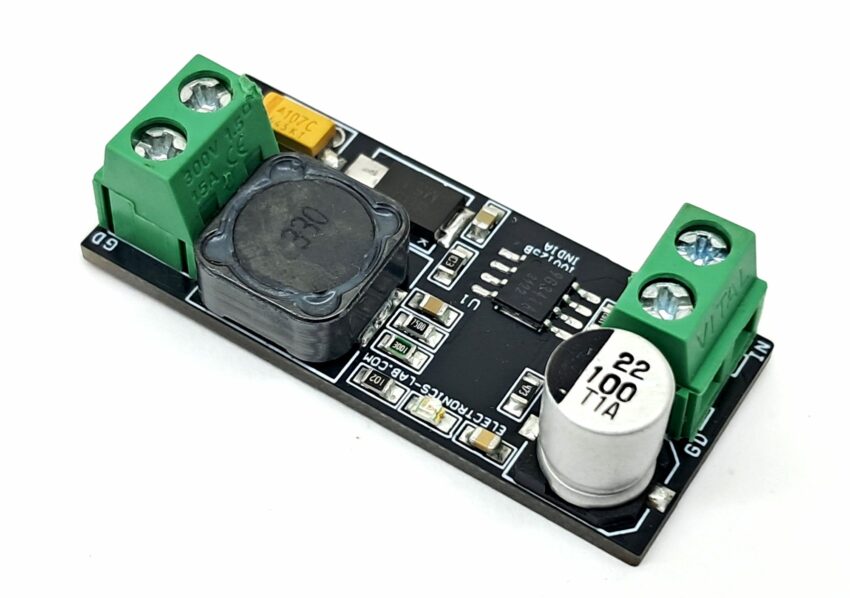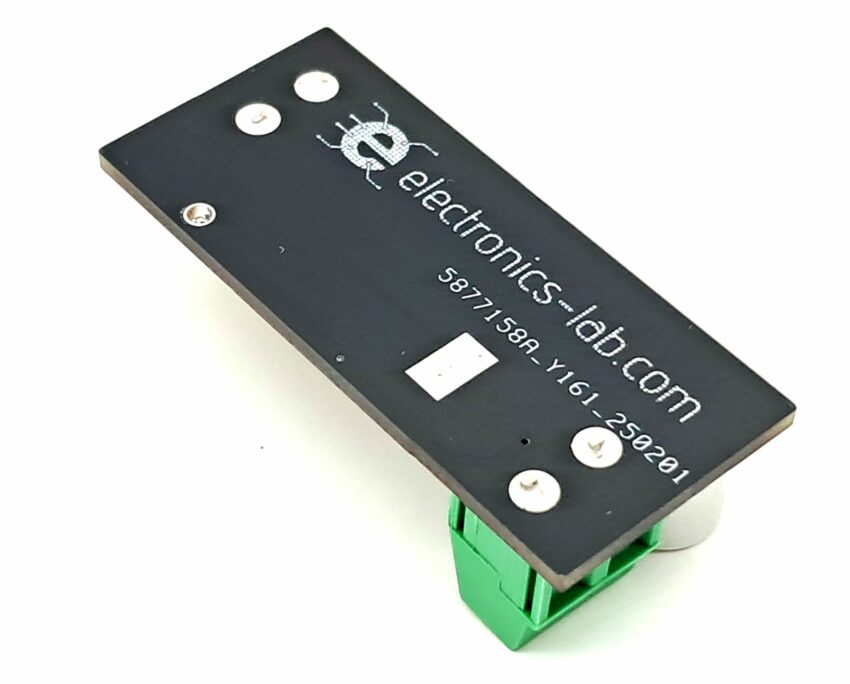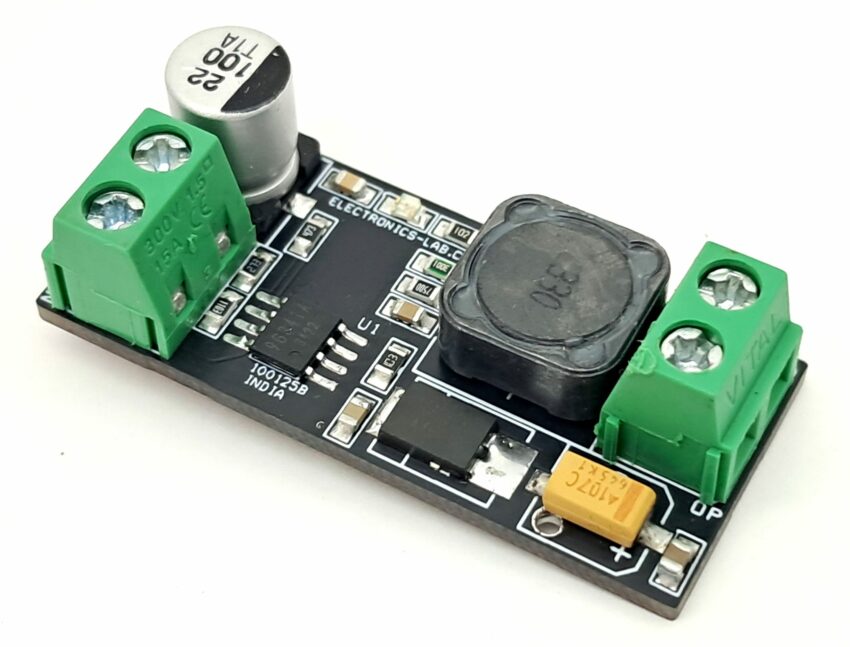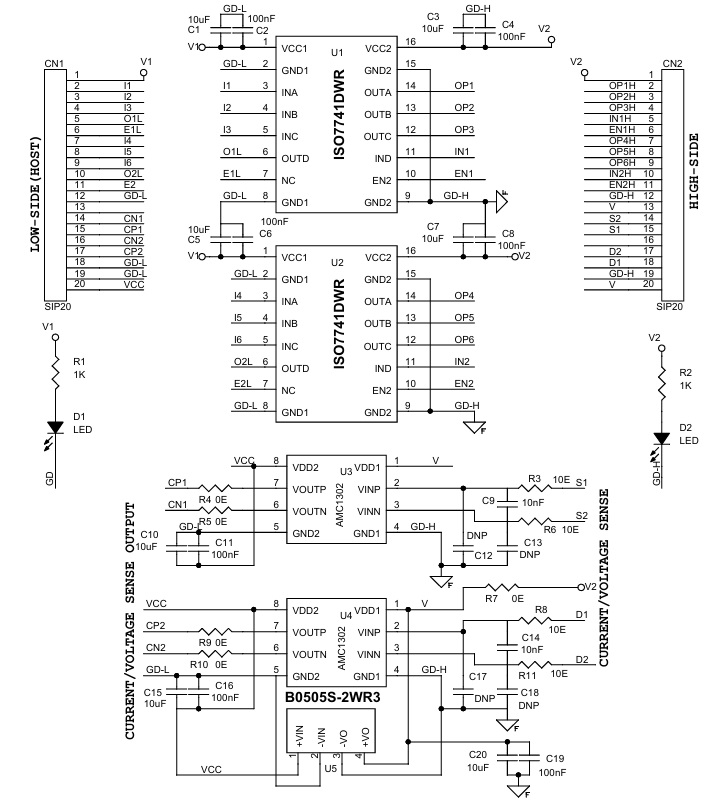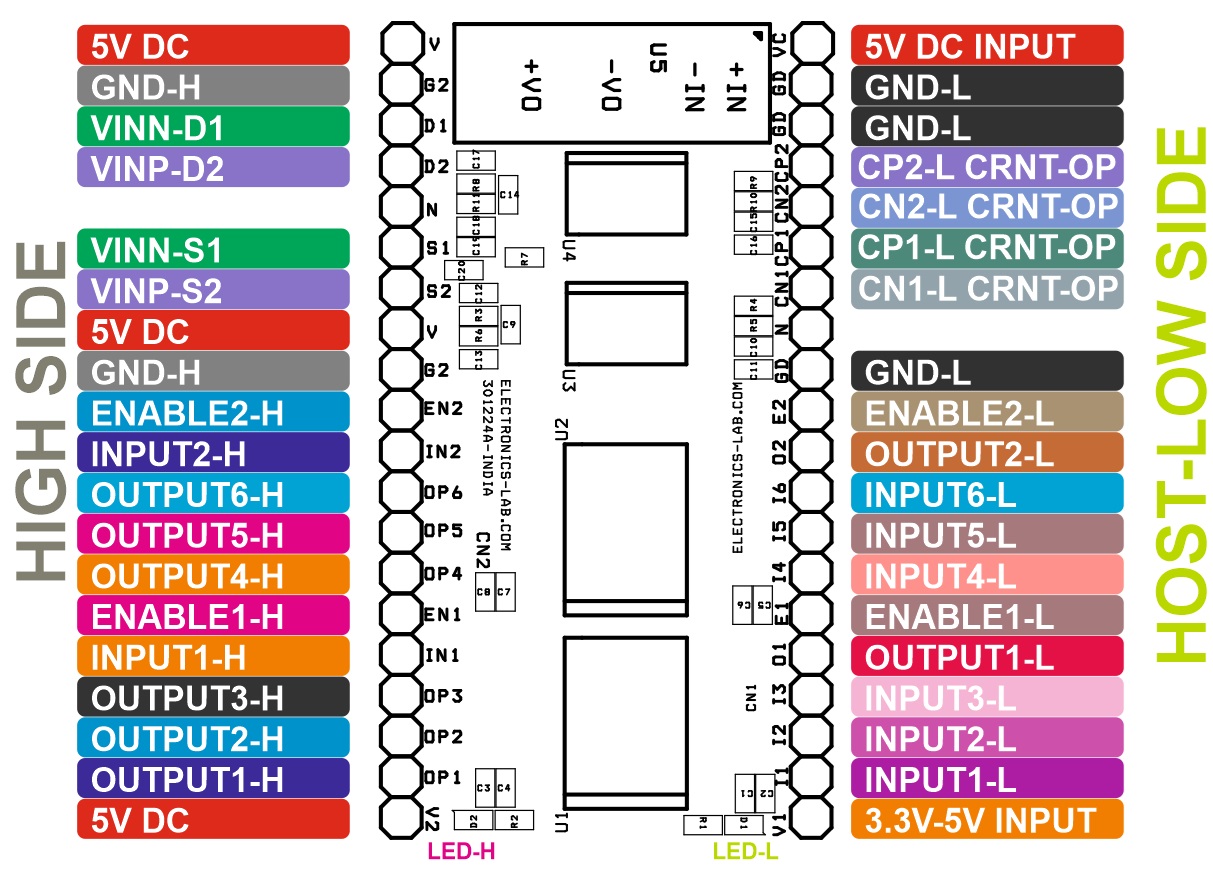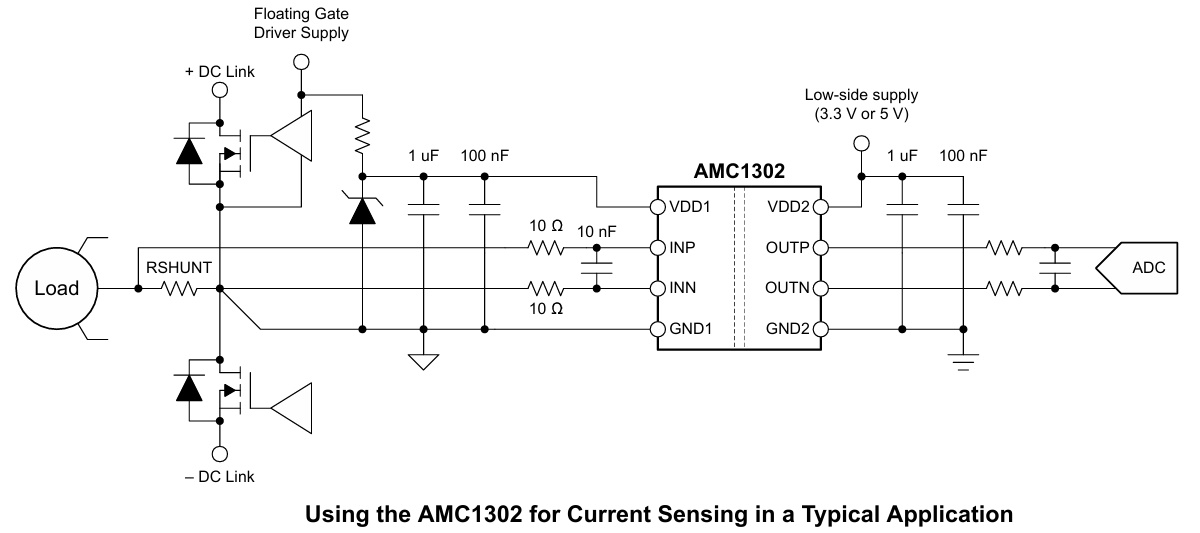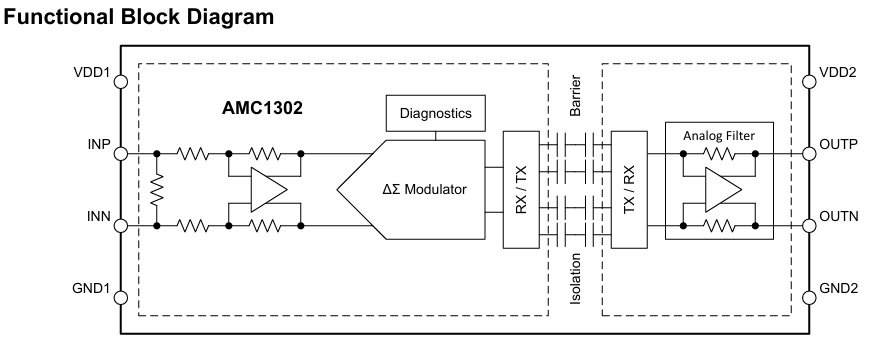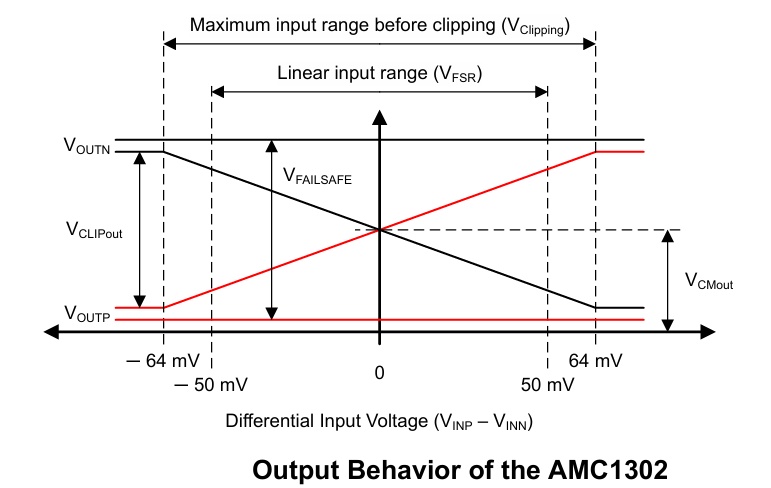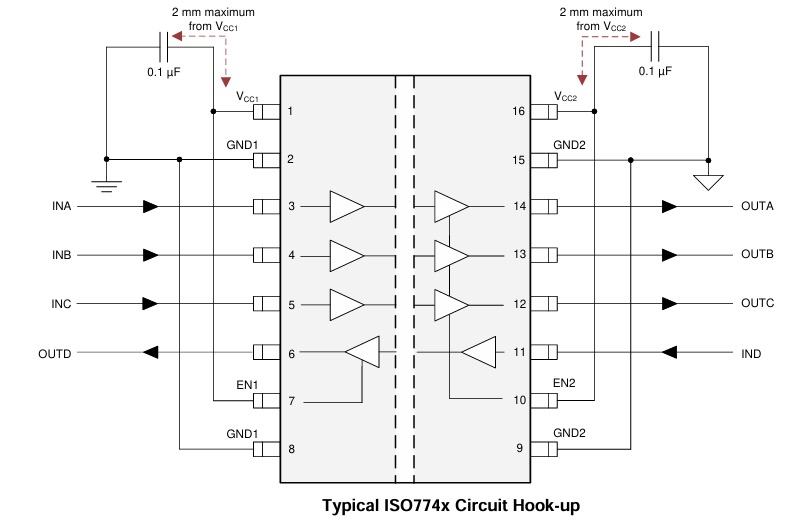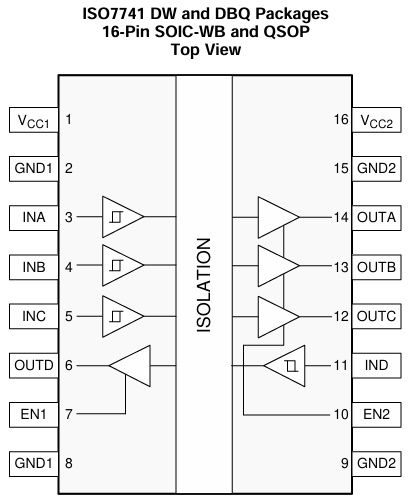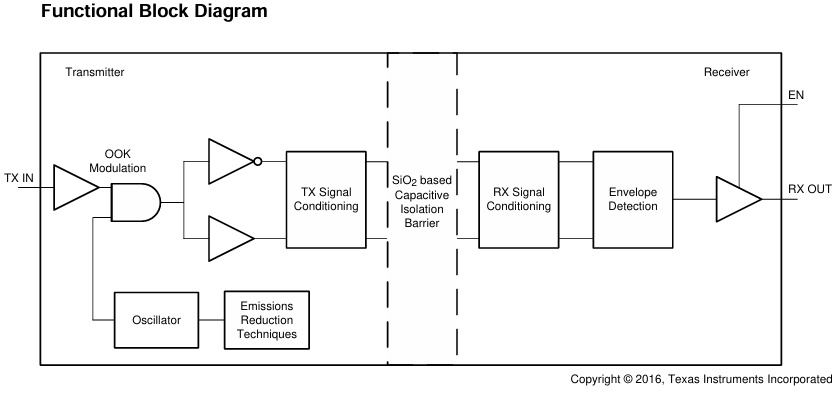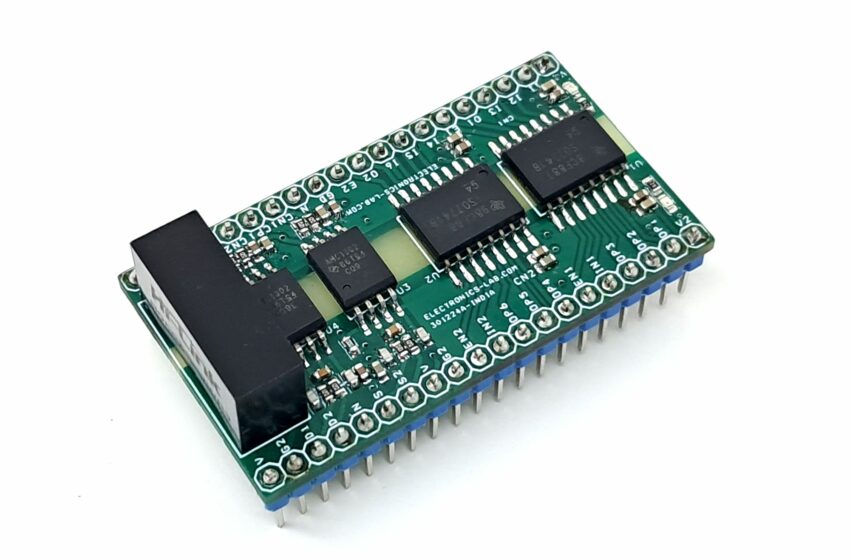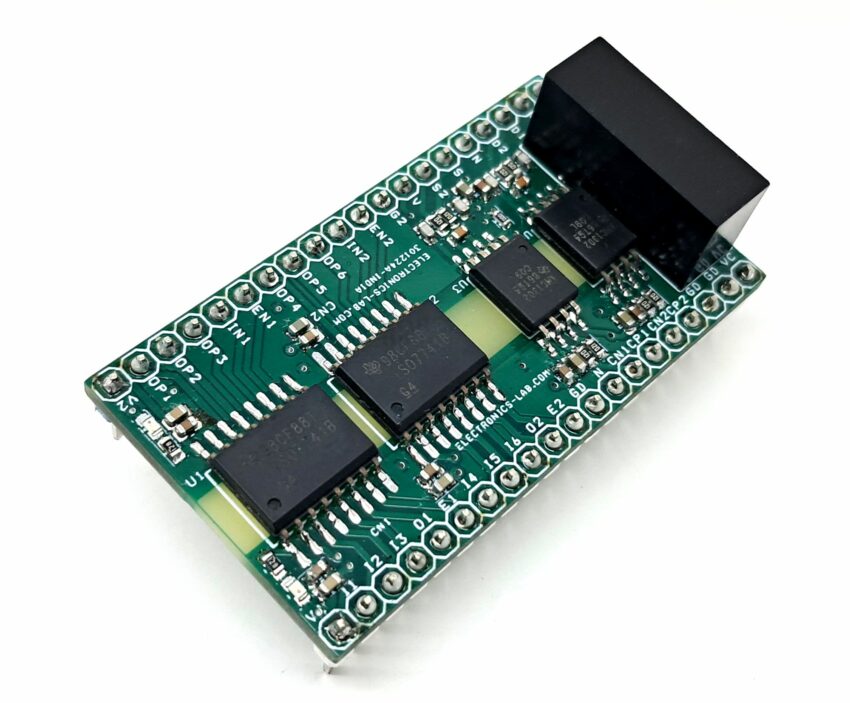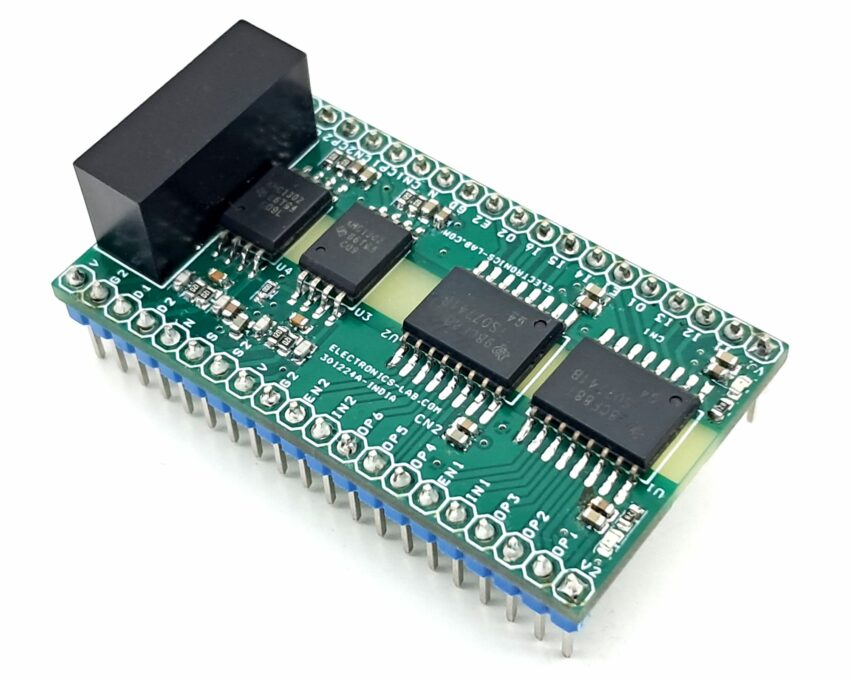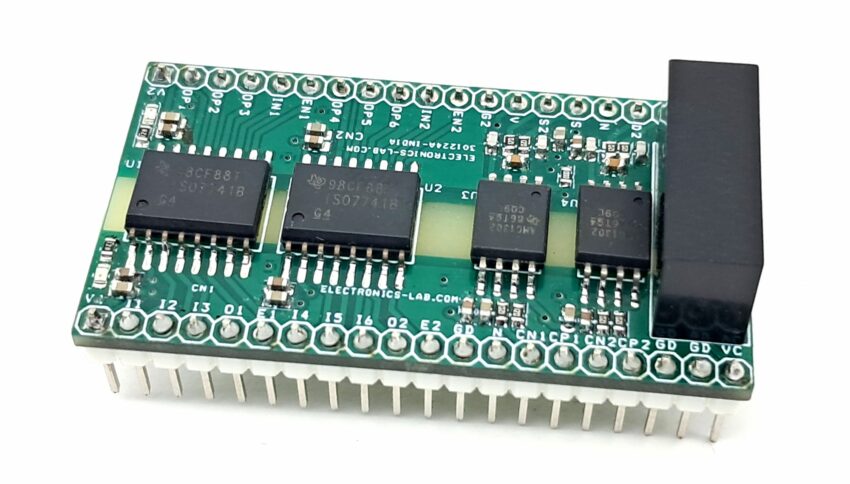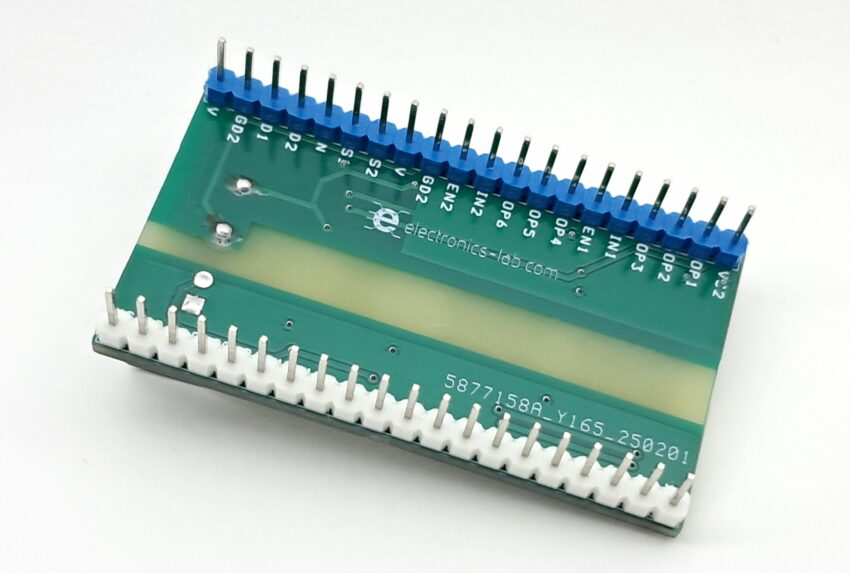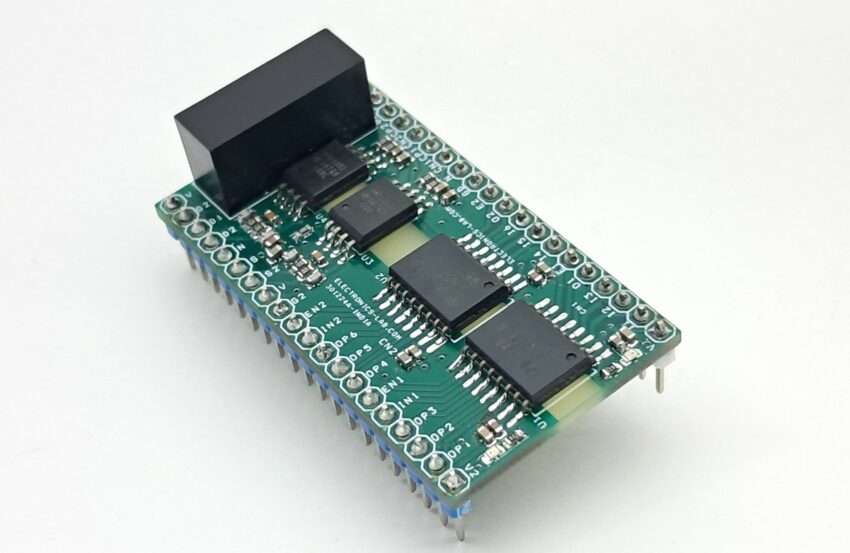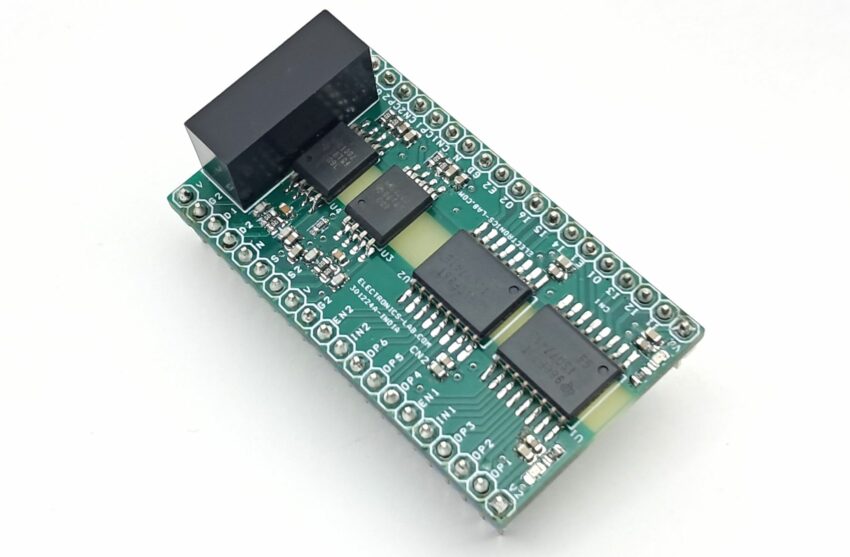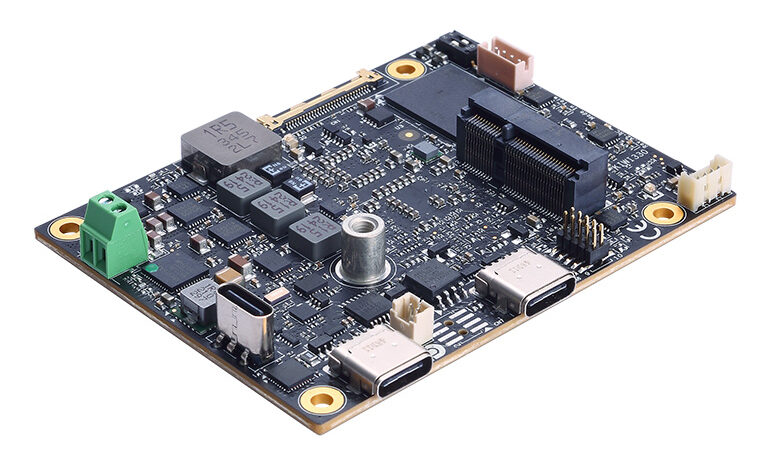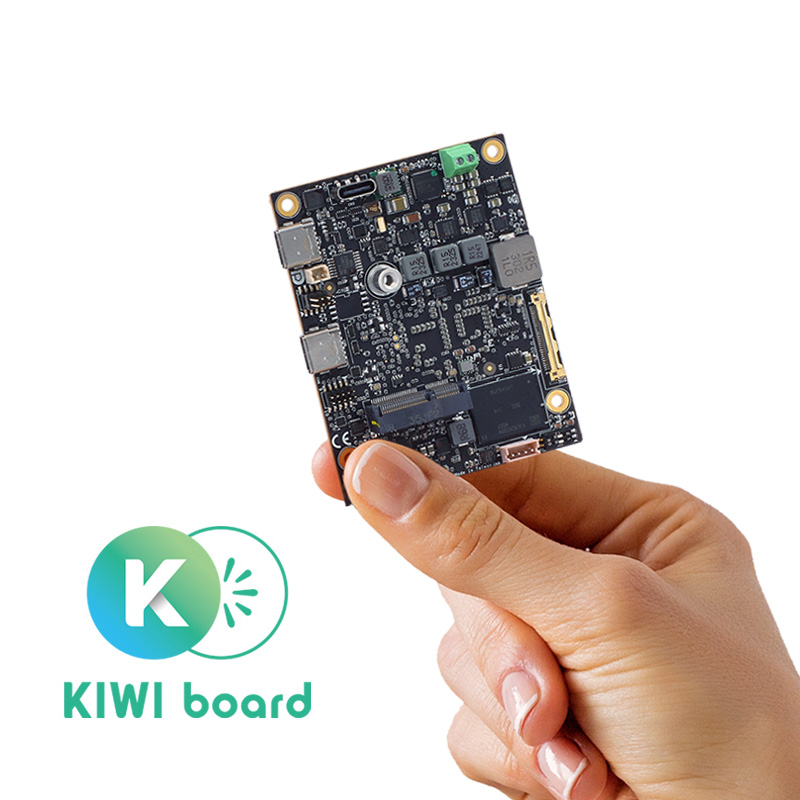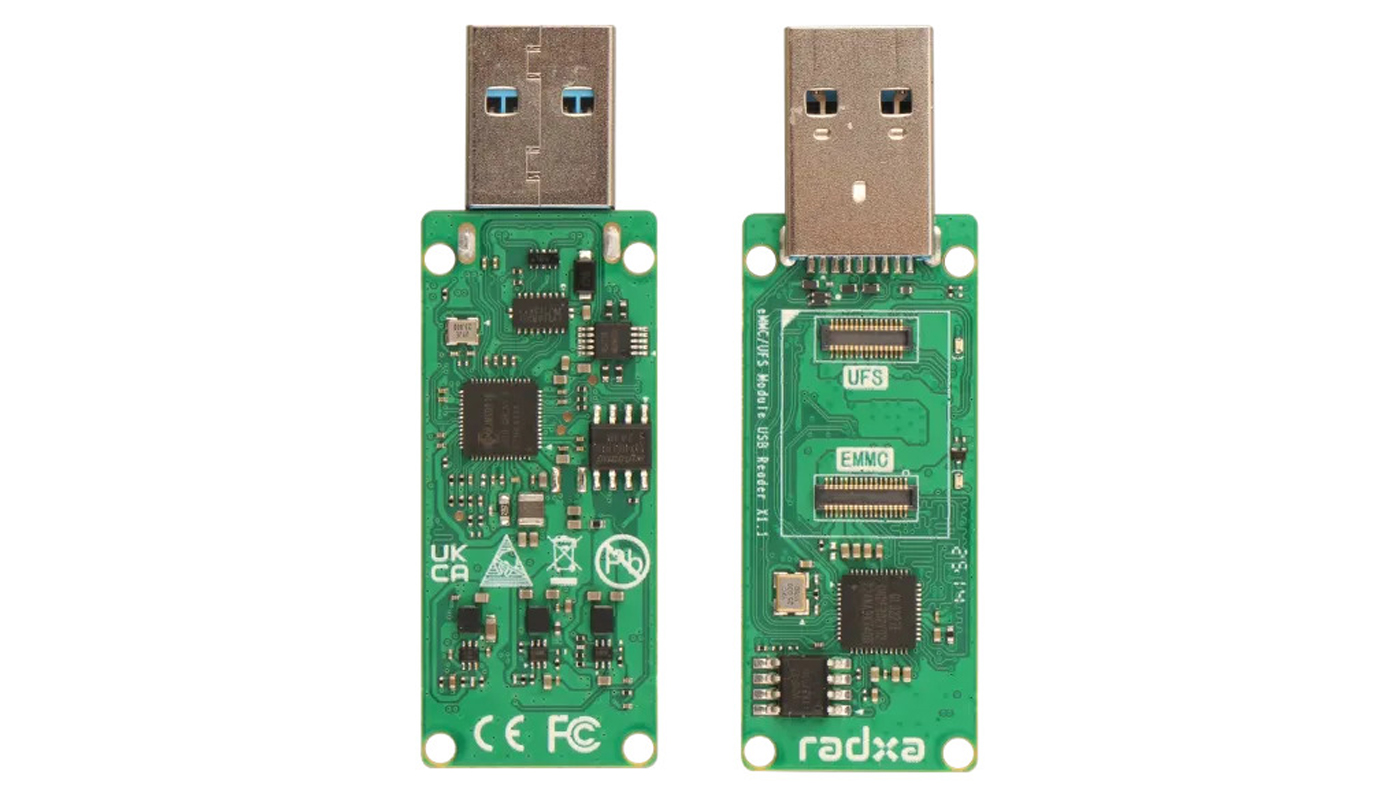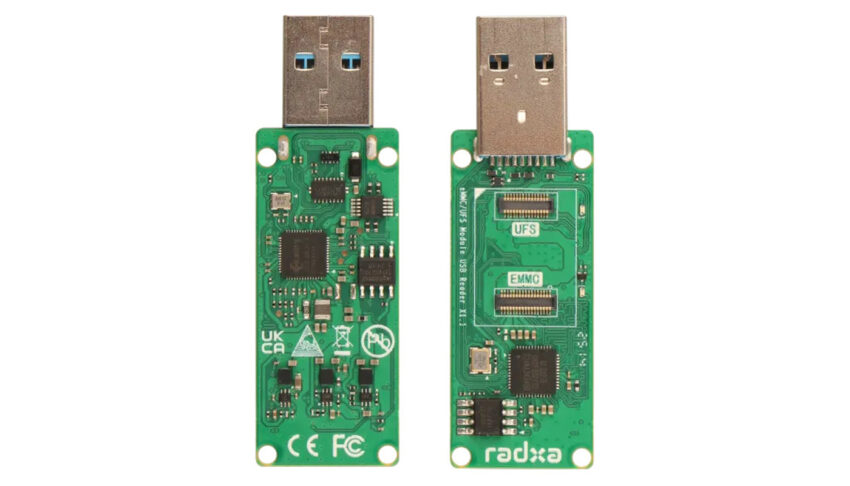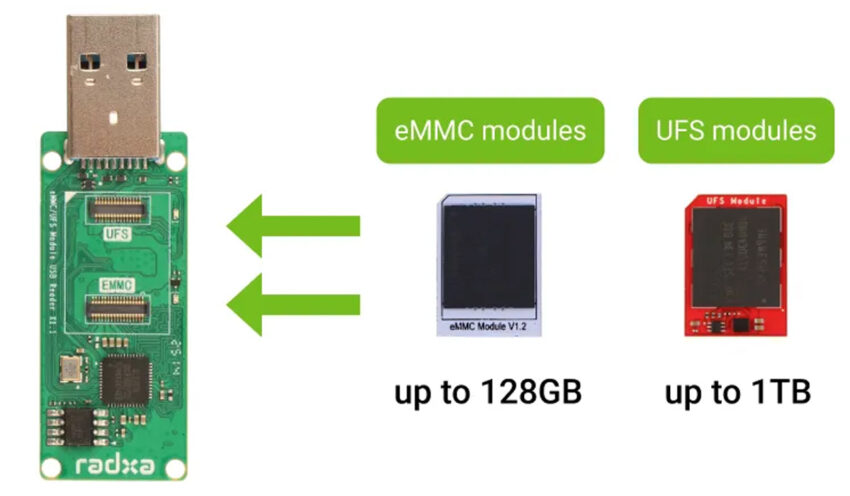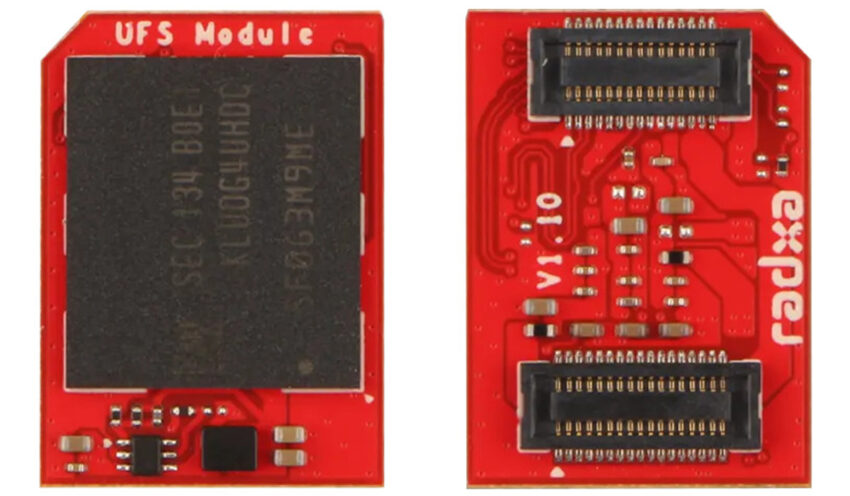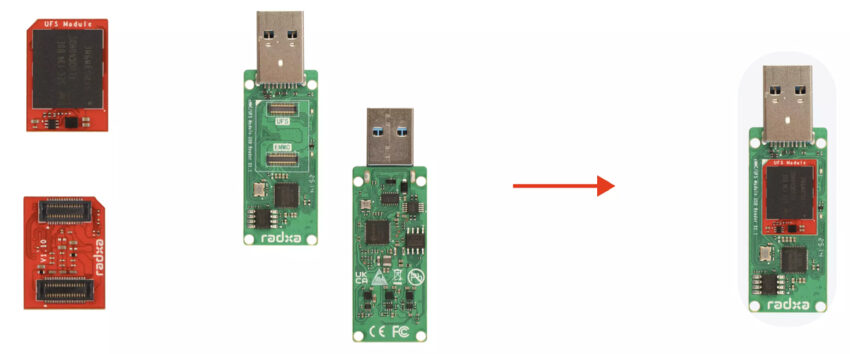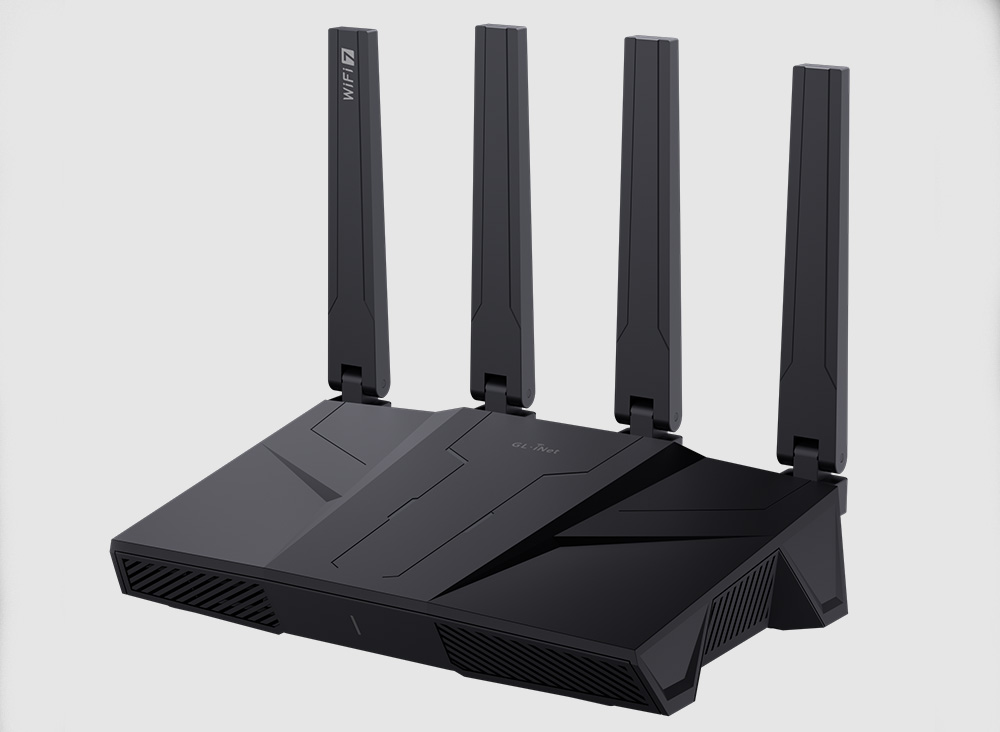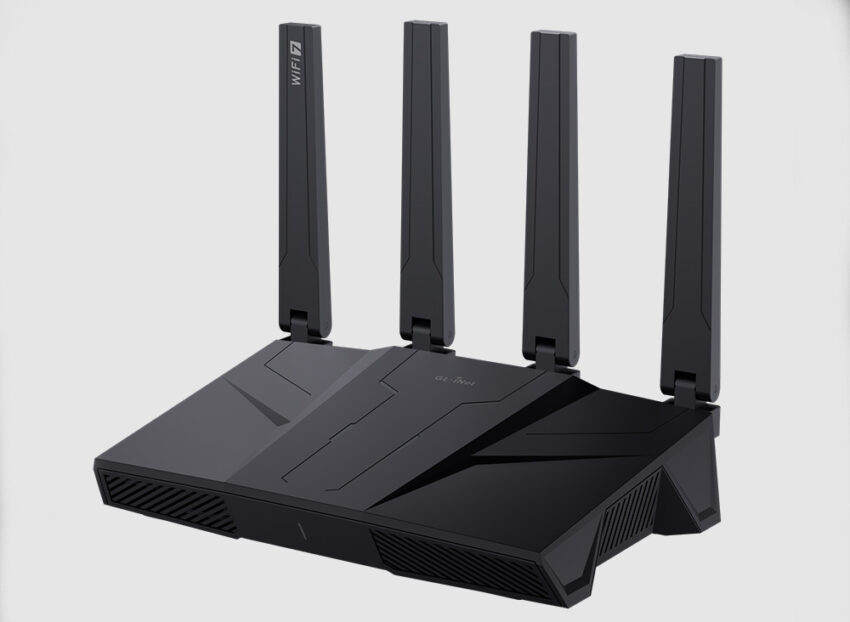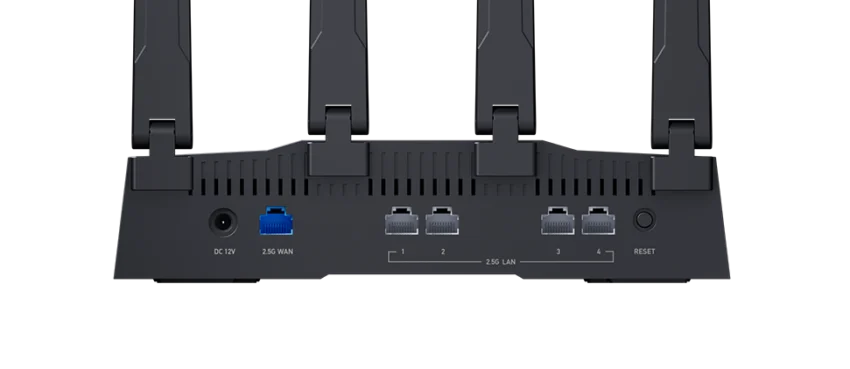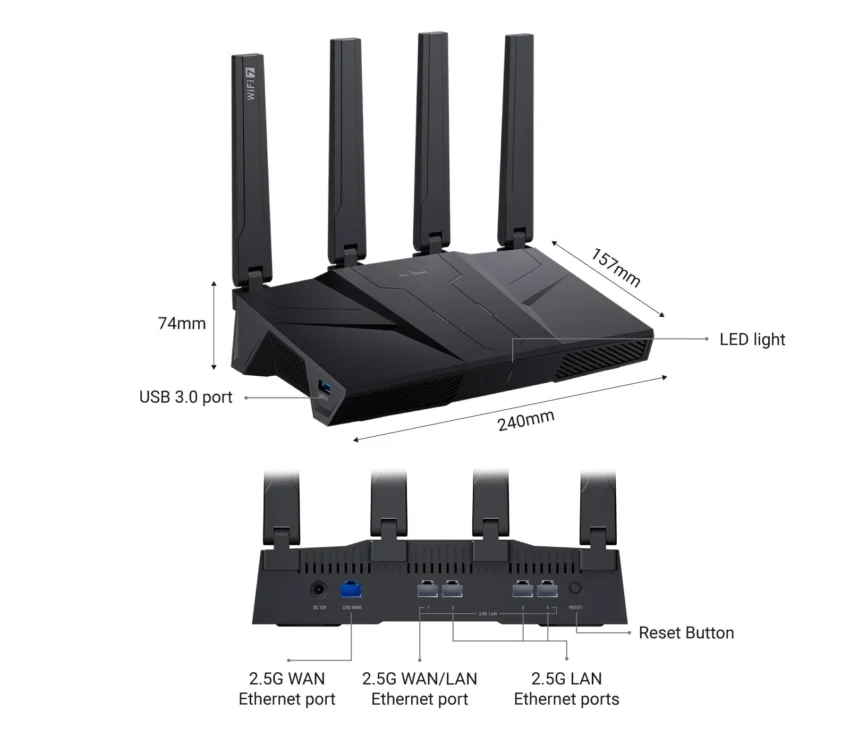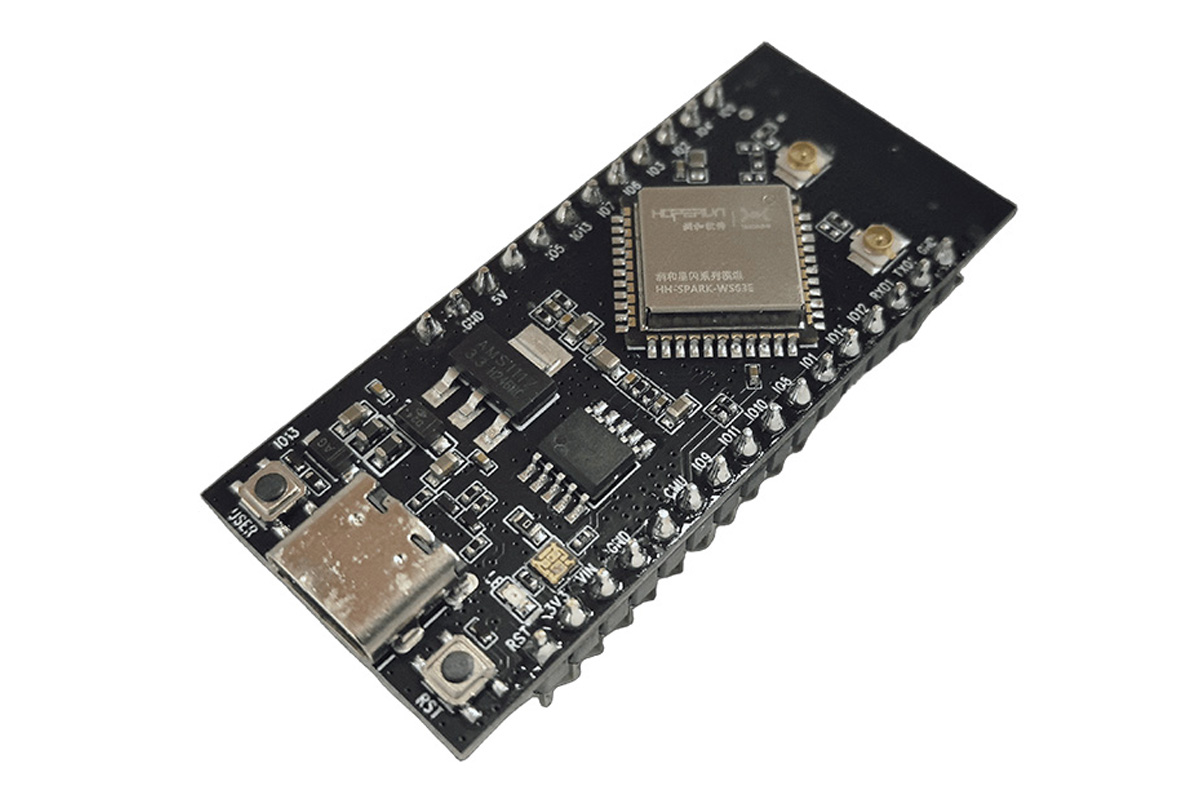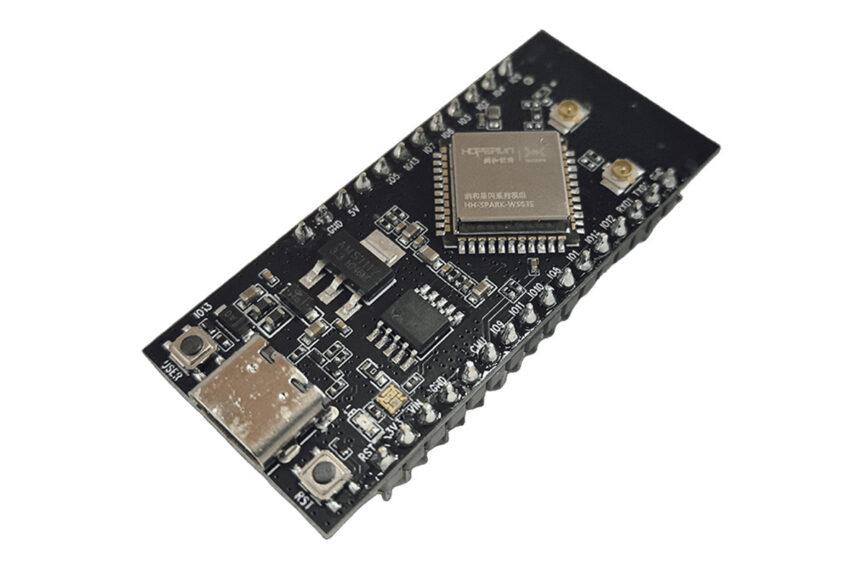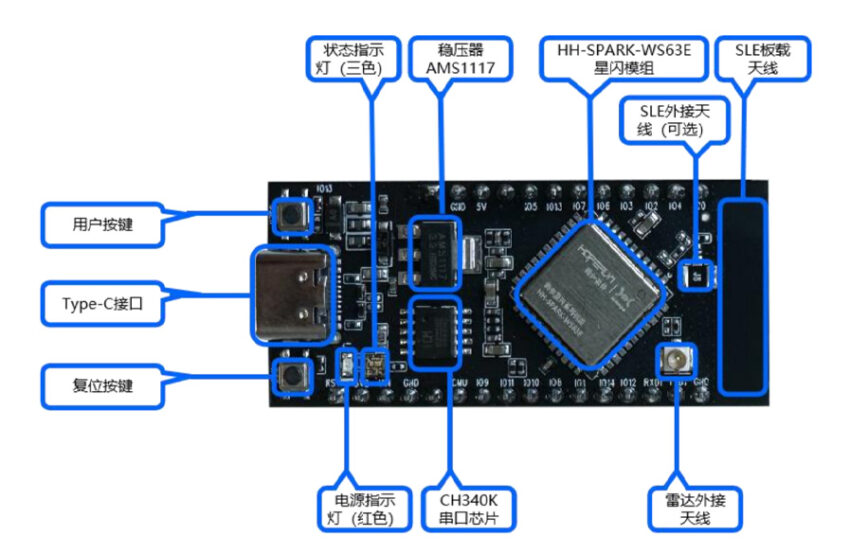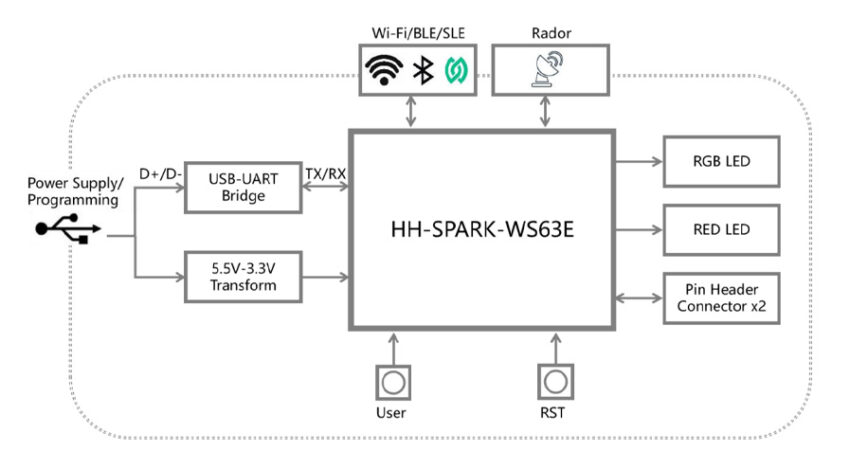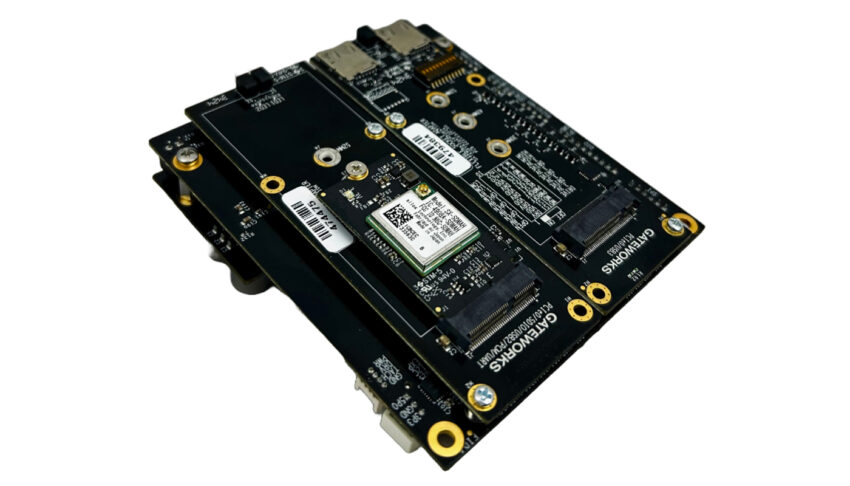
Morse Micro has teamed up with Gateworks Corporation to deliver the GW16159, a rugged, industrial-grade 802.11ah Wi-Fi HaLow M.2 radio module for long-range, low-power wireless communication in IoT applications.
Specifically built for use with Gateworks VeniceFLEX single board computers, it connects via an M.2 E-Key 2242 interface using SDIO signalling—not compatible with standard Venice SBCs. The card features the Silex SX-SDMAH module, powered by the Morse Micro MM6108 SoC, and operates in the 902–928 MHz license-exempt band, offering improved building and foliage penetration compared to traditional Wi-Fi. It supports data rates of up to 32.5 Mbps, various bandwidth options (1/2/4/8 MHz), and multiple wireless modes (AP and station), along with security standards like WPA2-PSK and WPA3.
The radio supports simultaneous GATT client/server, FOTA, and over 100 clients, making it suitable for industrial IoT networks requiring long range (1 km+), low power, and robust performance. It is FCC certified, operates in temperatures from -40°C to +85°C, and supports standard Linux networking tools. A development kit (GW11056) is also available, which includes the GW16159 radio, VeniceFLEX SBC, antenna, and required accessories for quick deployment.
Previously, we have written about Seed Studio’s Mini-PCIe Wi-Fi HaLow Module, which is designed for industrial and embedded applications. You can check it for your reference.
GW16159 802.11ah Wi-Fi HaLow M.2 Module Specifications:
- Wi-Fi Standard: IEEE 802.11ah (Wi-Fi HaLow)
- Chipset:
- Module: Silex SX-SDMAH
- SoC: Morse Micro MM6108
- Frequency Band: 902 – 928 MHz (license-exempt)
- Data Rate: Up to 32.5 Mbps
- Bandwidth Support: 1 / 2 / 4 / 8 MHz
- Transmit Power Output: Up to +26.5 dBm
- Wireless Modes: Access Point (AP) and Station (STA)
- Security:
- OPEN
- WPA2-PSK (AES)
- WPA3-OWE
- WPA3-SAE
- Misc:
- Simultaneous GATT Server and Client
- FOTA (Firmware Over-the-Air) support
- Supports 100+ clients
- Interface: SDIO Data Bus (compatible only with Gateworks VeniceFLEX SBCs)
- Antenna Connector: MHF-1
- Power Supply:
- Input Voltage: 3.3V via M.2 Edge Connector
- Operating Current: 0.1A Typical
- Dimensions: 22.0x42x3.5mm
- Weight: 0.22oz (6.2g) M.2 E-Key (2242) form factor
- Operating Temperature: -40°C to +85°C
- Humidity (non-condensing): 20% to 90%
- Certification: FCC Certified
The GW11056 Wi-Fi HaLow Development Kit is an industrial-grade single board computer (SBC) platform designed to evaluate the 802.11ah Wi-Fi HaLow wireless standard using the included GW16159 M.2 card. Built around the Gateworks VeniceFLEX GW8200 SBC. The kit includes key components such as a JTAG adapter, antenna, adapter cables, and a power supply.
It features an NXP i.MX 8M Plus Quad-Core ARM Cortex-A53 processor, 4GB LPDDR4 RAM, 64GB eMMC flash, and dual Gigabit Ethernet ports with PoE support. It offers flexible expansion via Mini-PCIe and M.2 sockets for additional connectivity like Wi-Fi, cellular, BLE, or NVMe. The system also includes u-blox GPS and operates within a wide industrial temperature range (-40°C to +85°C).
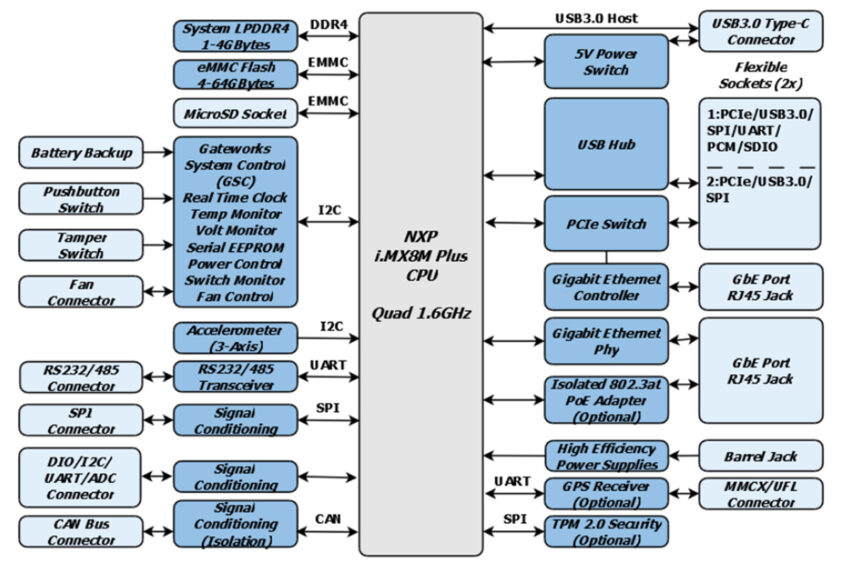
GW11056 Wi-Fi HaLow Development Kit Specifications:
- SBC: Gateworks GW8201-S21 based on NXP i.MX 8M Plus quad-core Cortex-A53 @ 1.6GHz
- RAM: 4GB LPDDR4
- Storage: 64GB eMMC flash
- Wireless:
- GW16159 Wi-Fi HaLow (802.11ah) M.2 card included
- Flexible sockets for additional Wi-Fi, BLE, or cellular modules (Mini-PCIe, M.2)
- Networking:
- 2x Gigabit Ethernet ports
- PoE support via GW168PB0 adapter (802.3at/af, isolated)
- Dual Isolated CAN bus ports
- GPS: u-blox GPS module with MMCX antenna connector
- I/O Interfaces:
- JTAG adapter for programming and serial console access
- RS232/RS485 and TTL serial ports
- I2C and SPI ports
- Digital I/O and Analog input
- Expansion:
- Flexible Mini-PCIe and M.2 sockets for wireless or NVMe modules (15W Available)
- FSA#1: USB 3.0, PCIe, SPI
- FSA#2: USB 3.0, PCIe, I2C, SDIO, SPI, UART, PCM
- GW16FE0: FSA to M.2 E-Key (Wi-Fi)
- GW16FB0: FSA to M.2 B-Key (Modems)
- Flexible Mini-PCIe and M.2 sockets for wireless or NVMe modules (15W Available)
- USB: 1× USB Type-C 3.0 Host
- Security: TPM 2.0 module
- Misc:
- RTC with battery backup
- Watchdog timer
- Voltage and temperature monitoring
- Serial Configuration EEPROM
- 3-axis digital MEMS accelerometer sensor
- Power:
- Input Voltage: 8 to 60V DC
- Operating Current: 163mA Typical @ 24VDC
- 4W @ 25°C Typical Operating Power
- Power Through a Dedicated Connector or Ethernet with an optional isolated 802.3af/at Adapter
- Dimensions: 90 x 100 x 21 mm
- Weight: 80g
- Operating Temperature: -40°C to +85°C (industrial grade)
- Humidity (non-condensing): 20% to 90%
It comes pre-loaded with a Linux Ubuntu Board Support Package (Optional: OpenWrt, Yocto, Buildroot support), enabling immediate development and testing.
As per the official announcement, the GW16159 M.2 card and the GW11056 development kit are now available for purchase through Gateworks and its authorised distributors. The GW11056 kit is currently listed on DigiKey with a price of around $1,085.70, while the cost of the GW16159 module has yet to be revealed.


